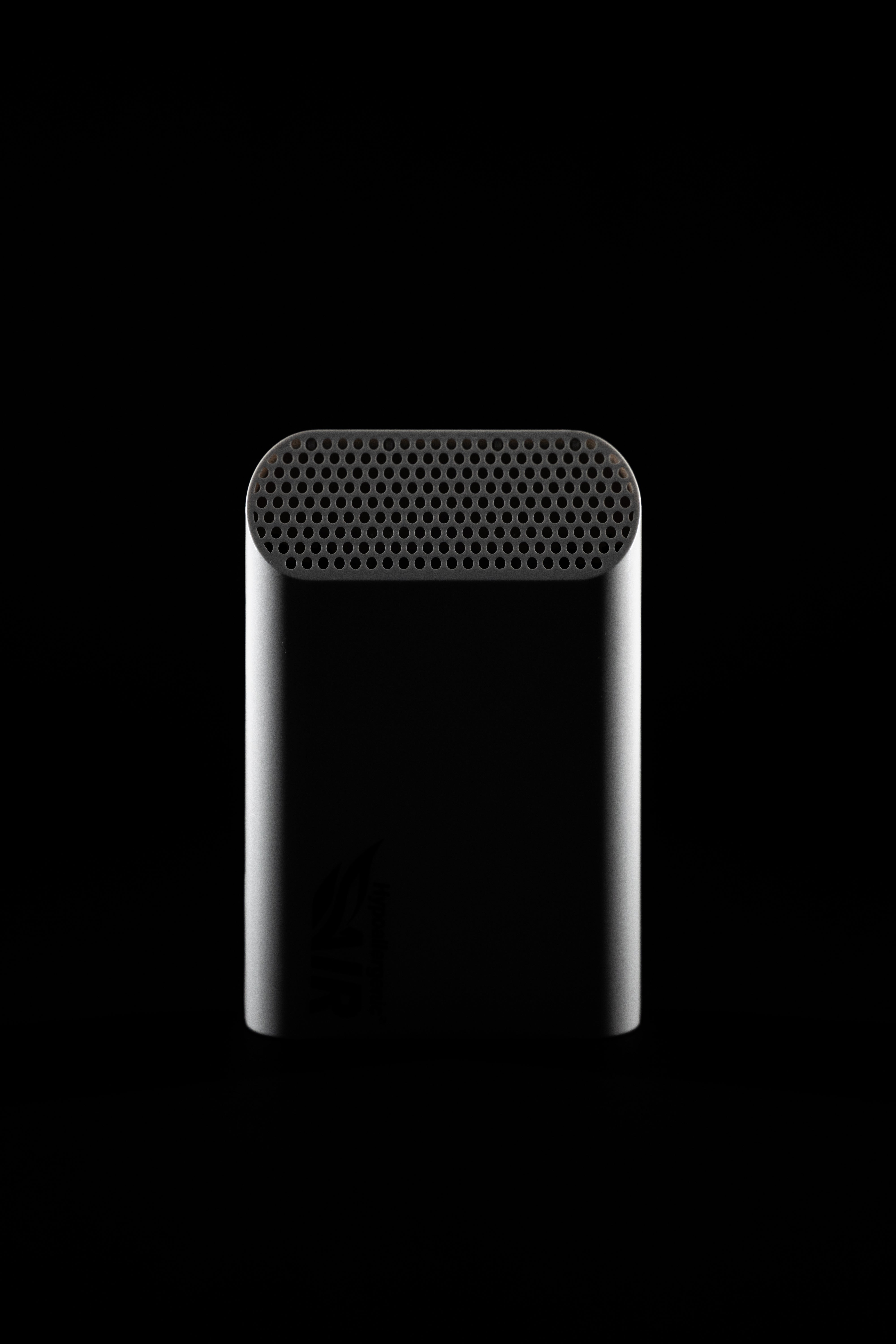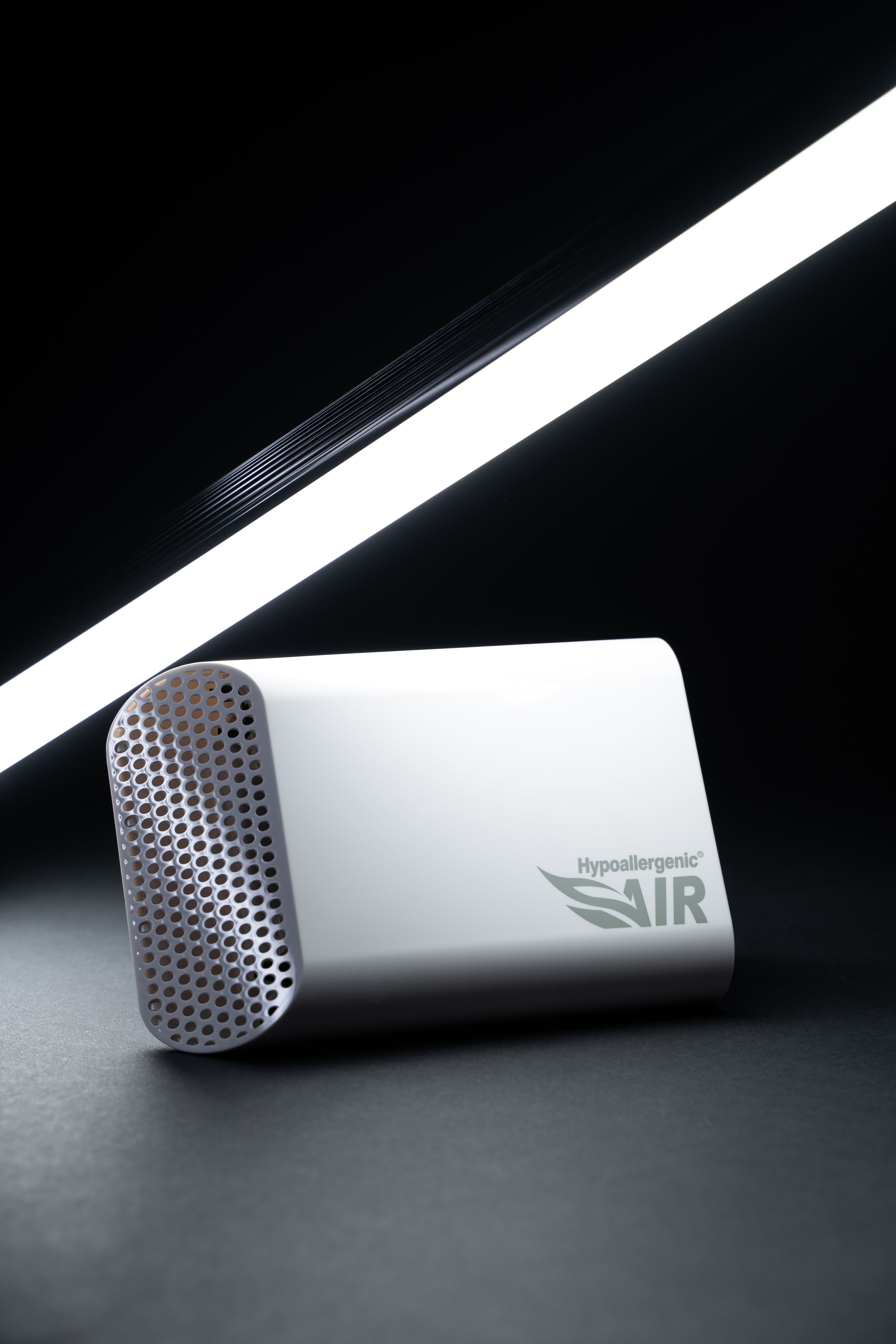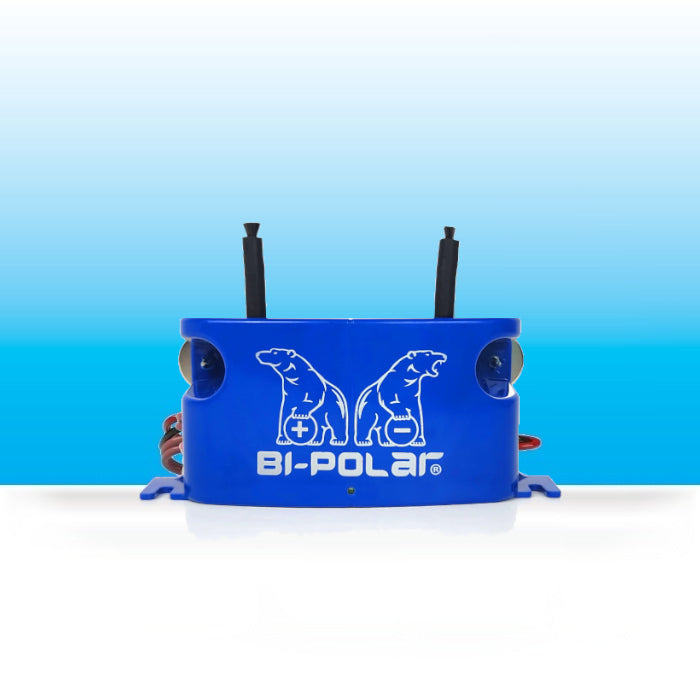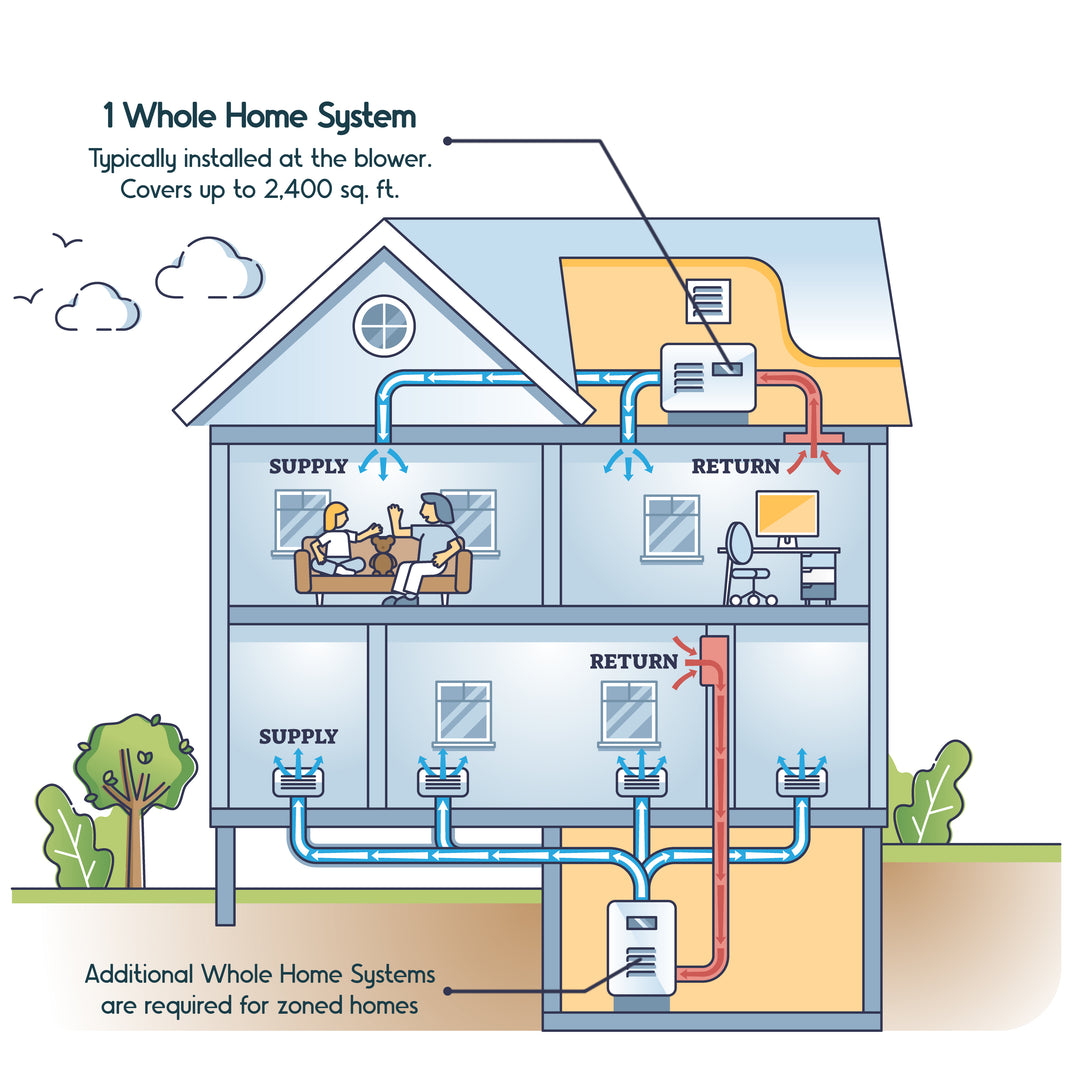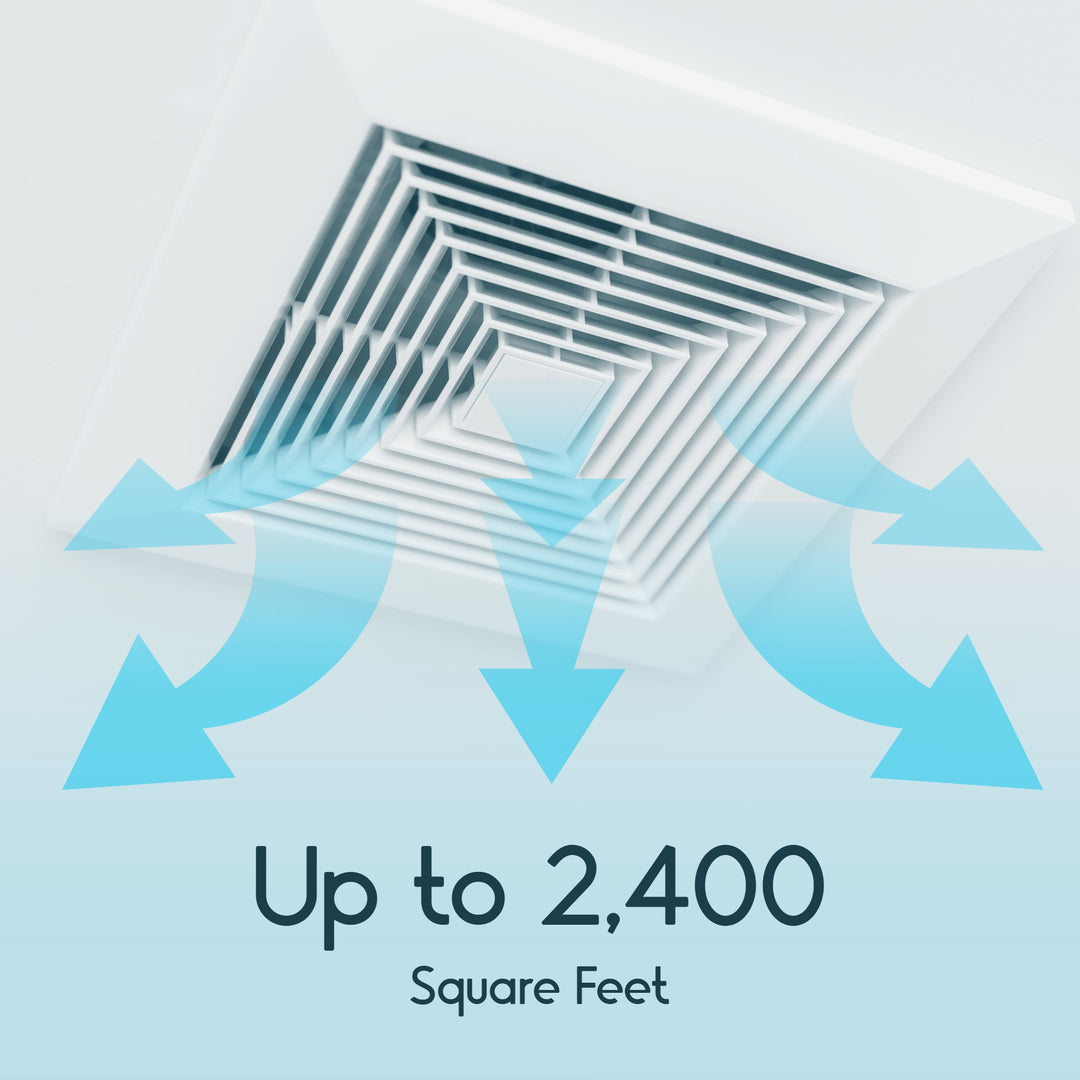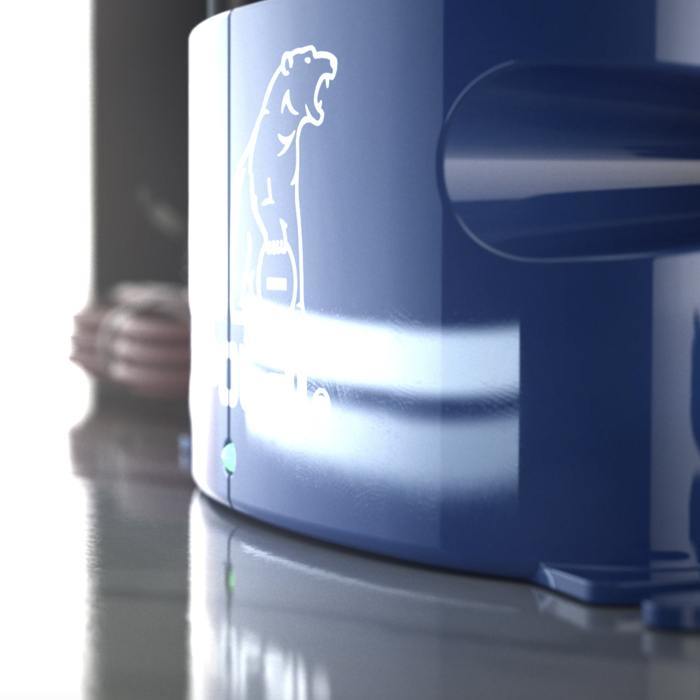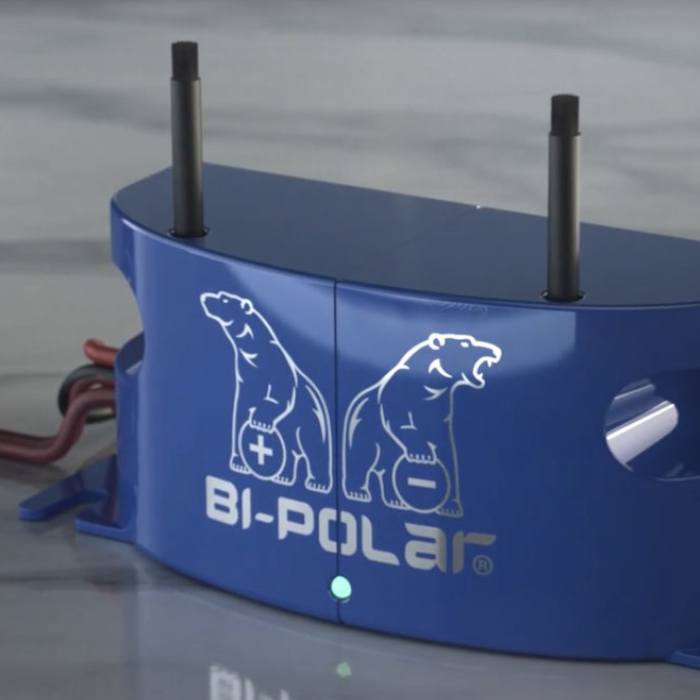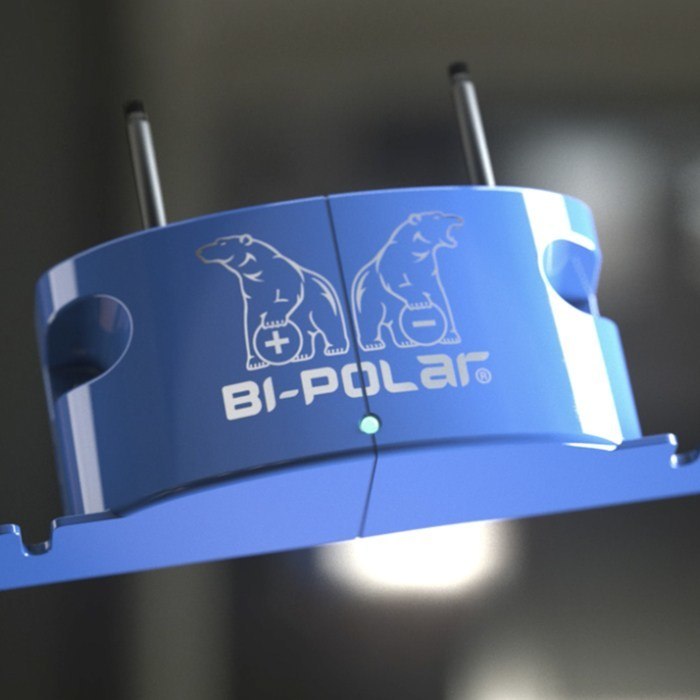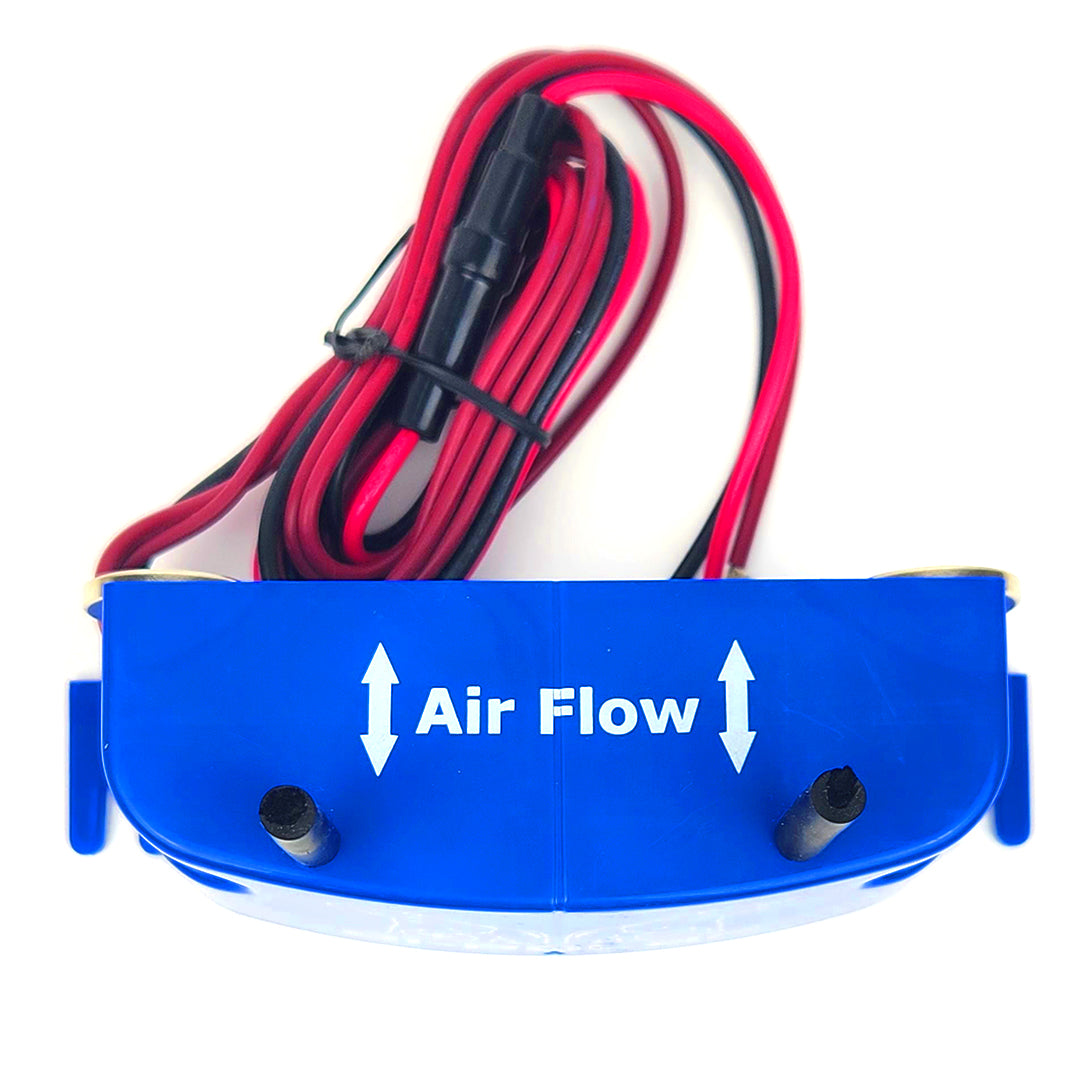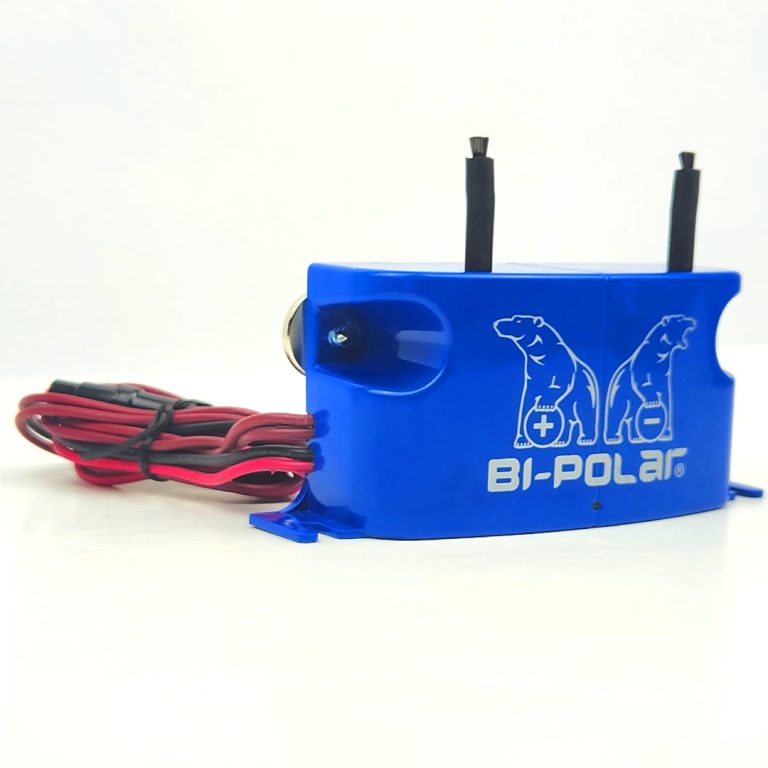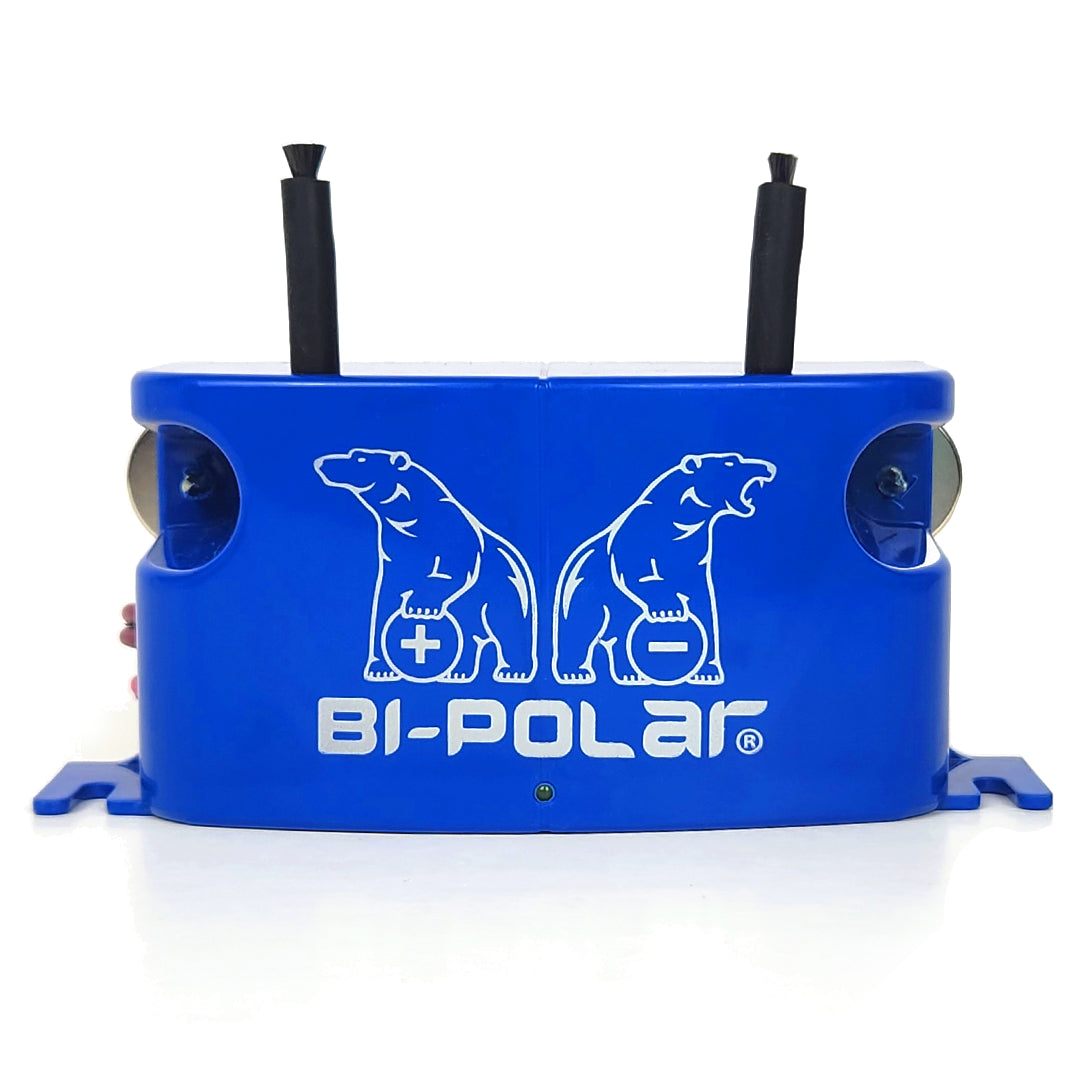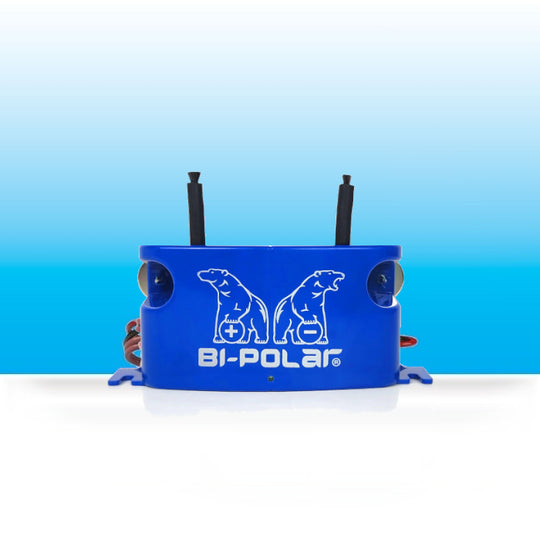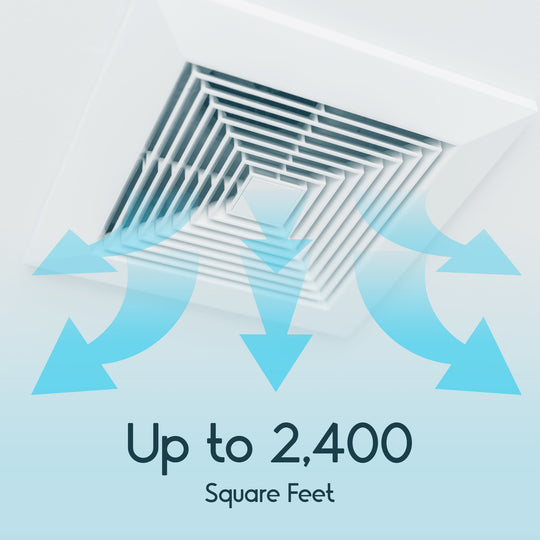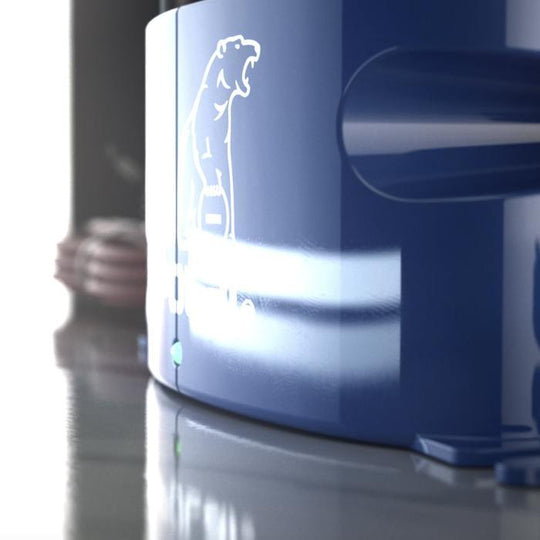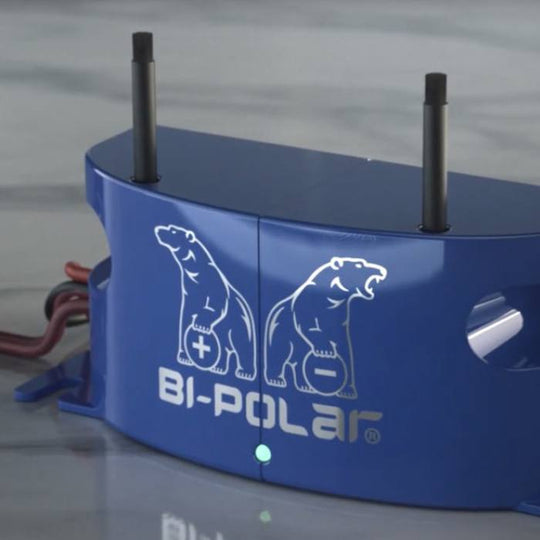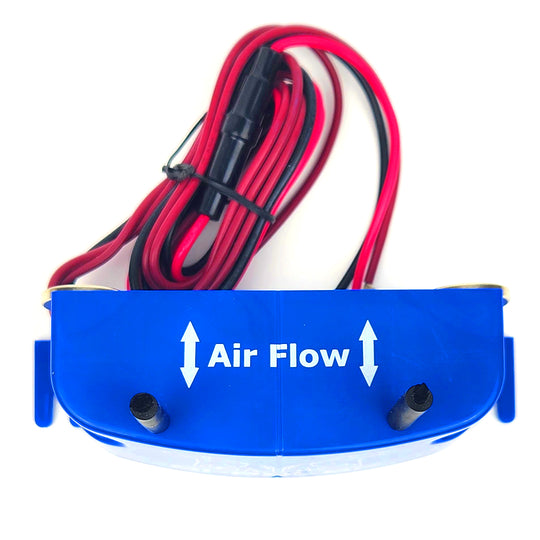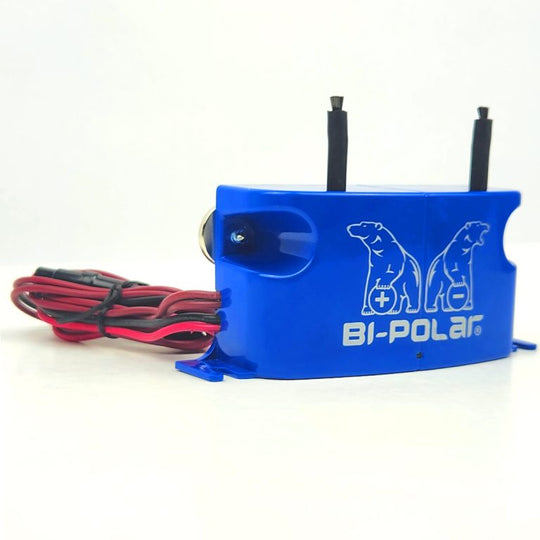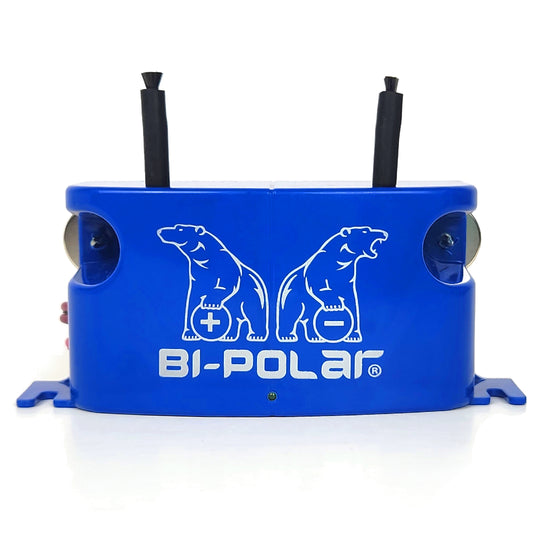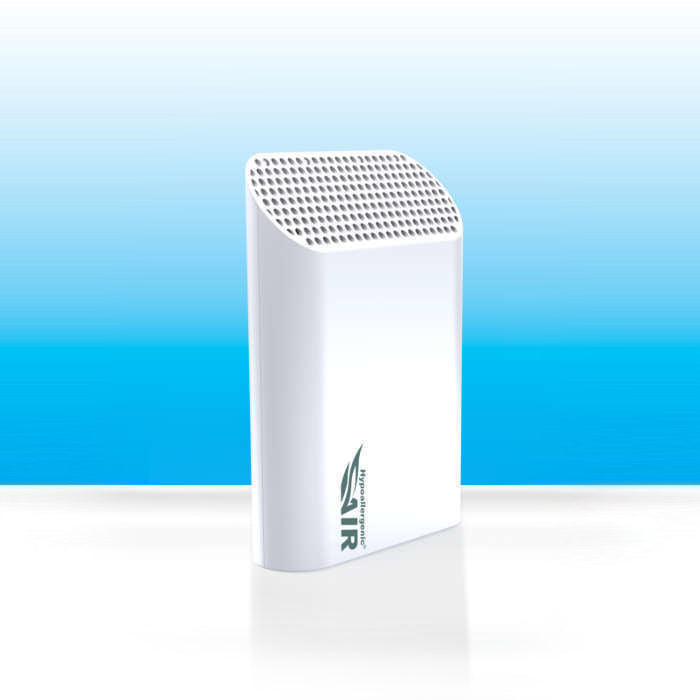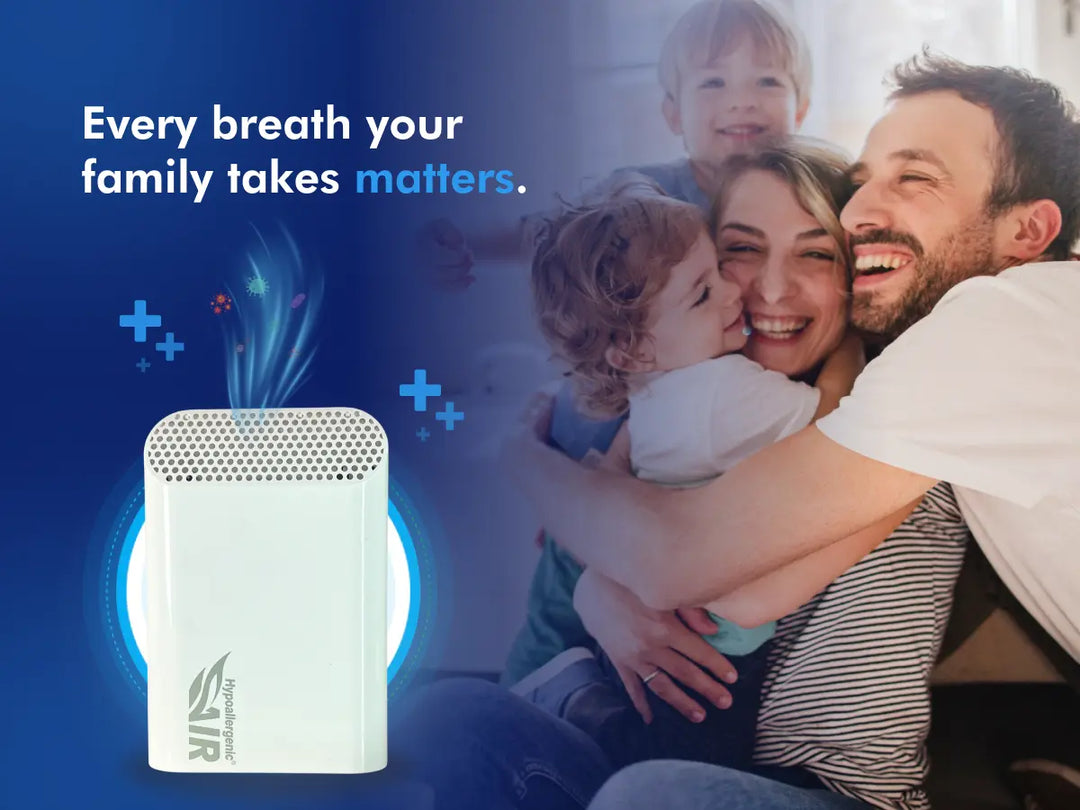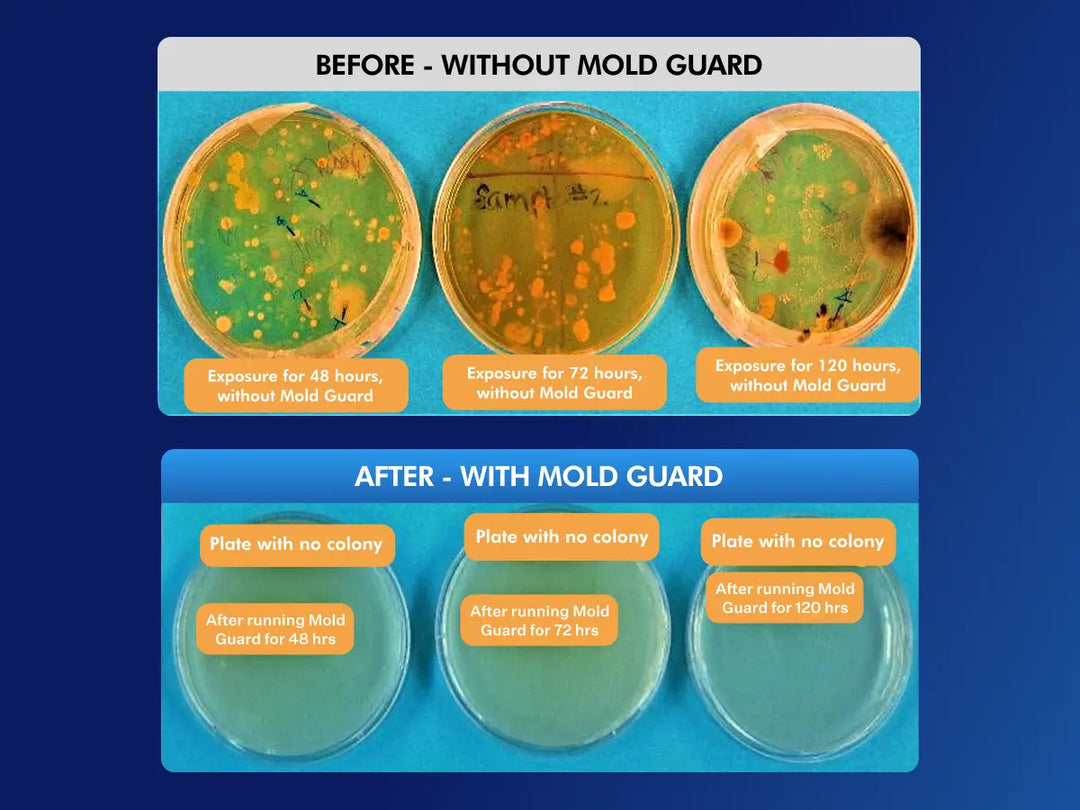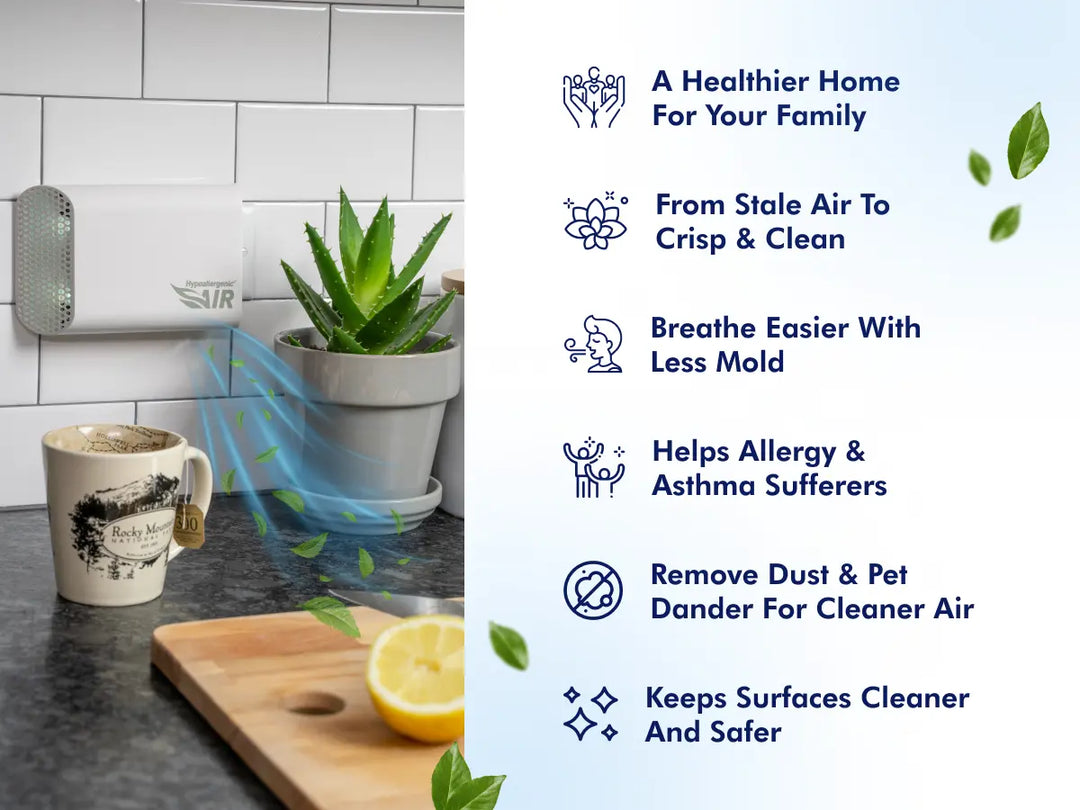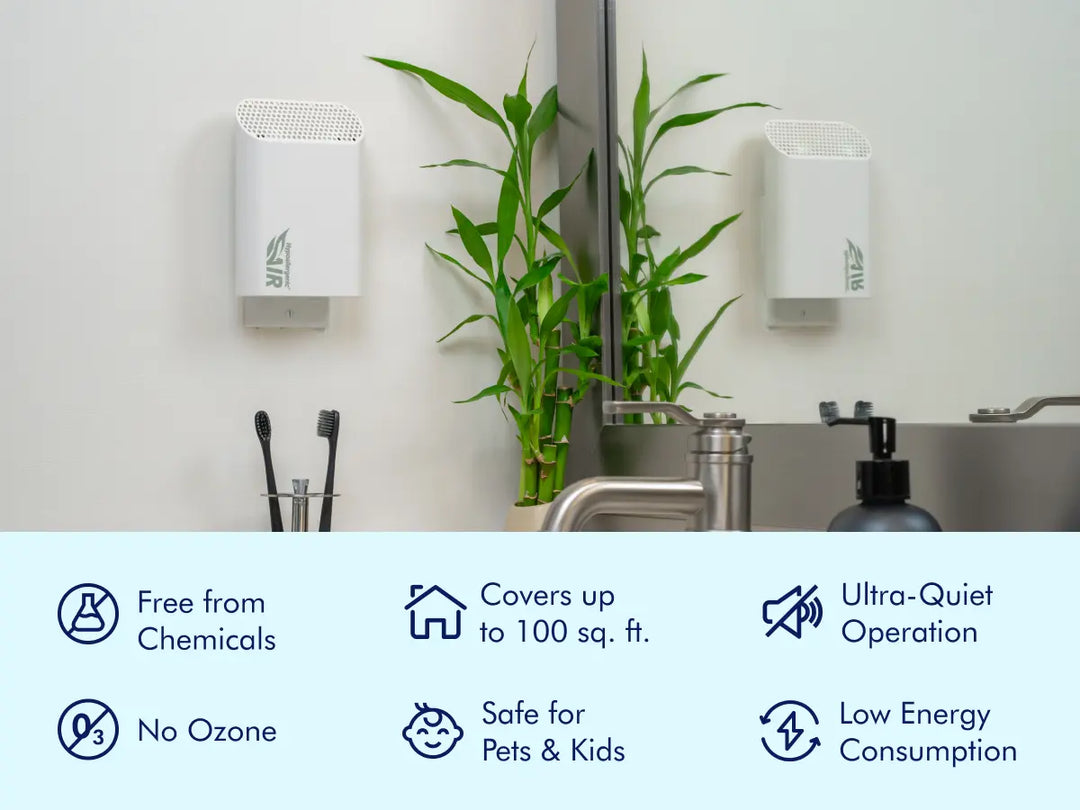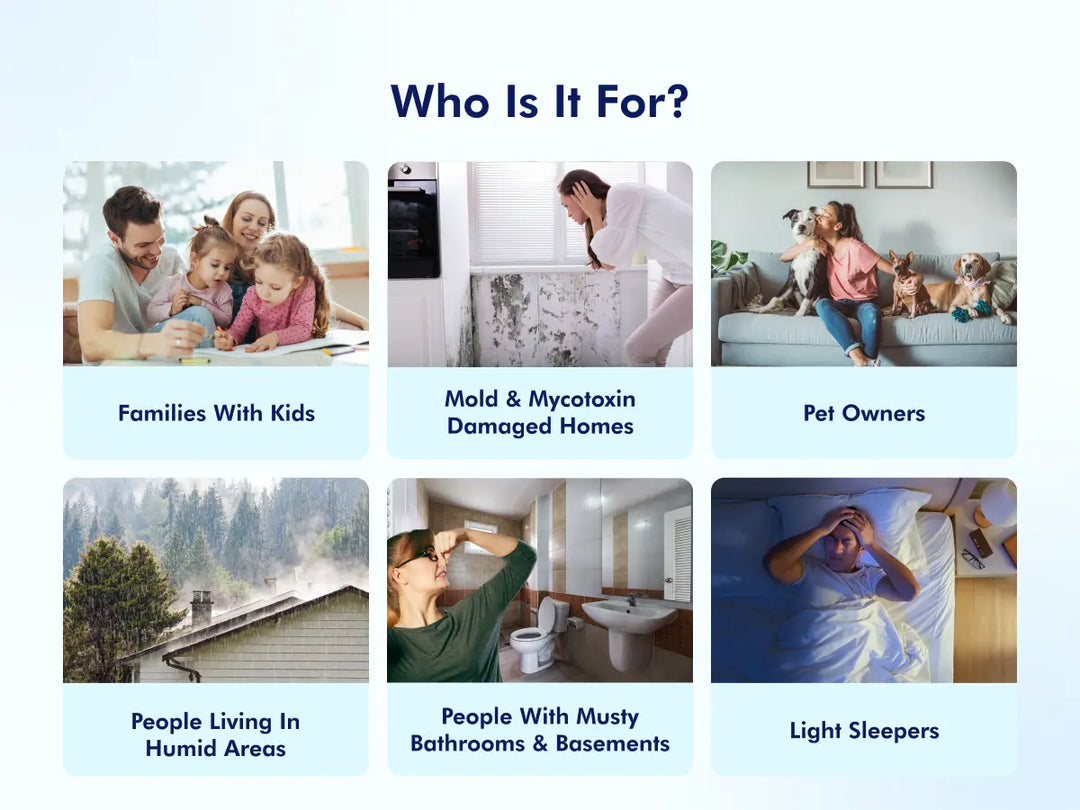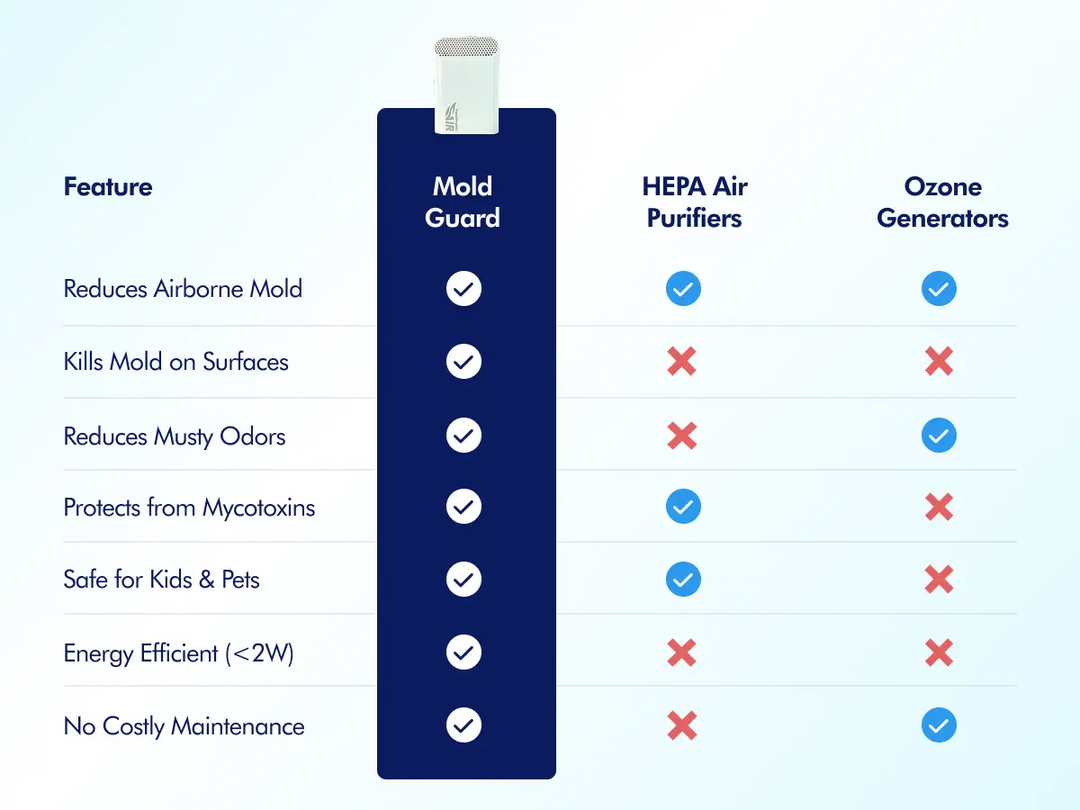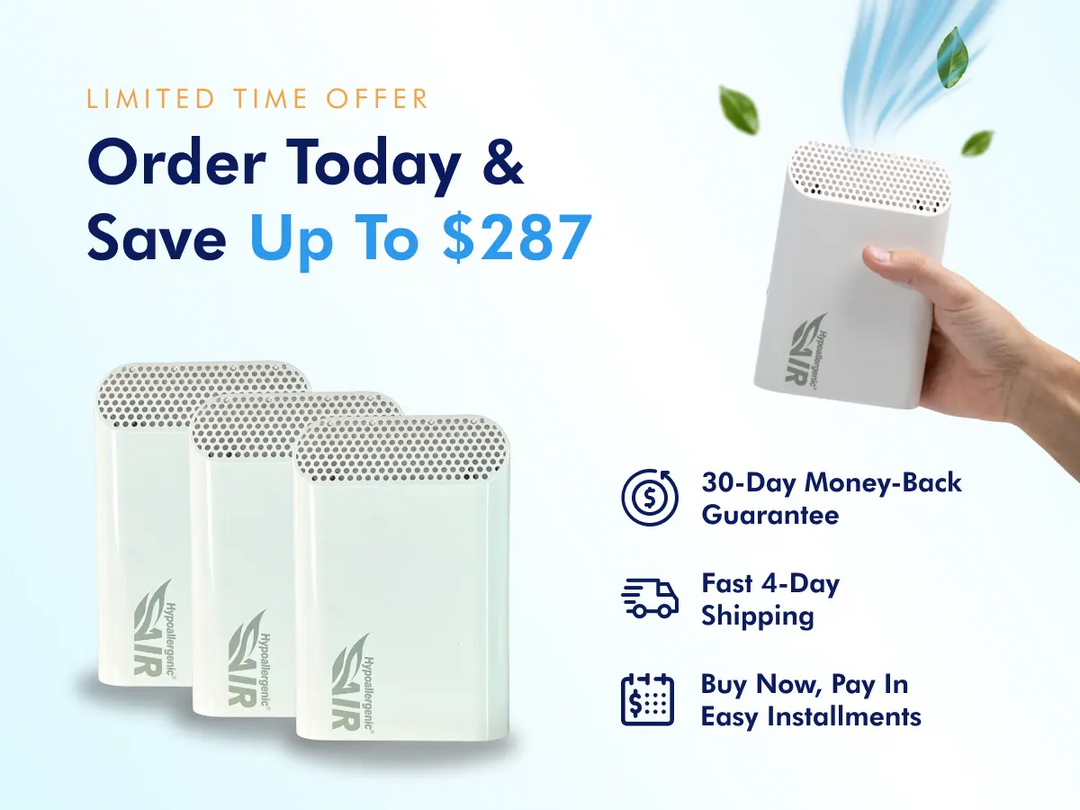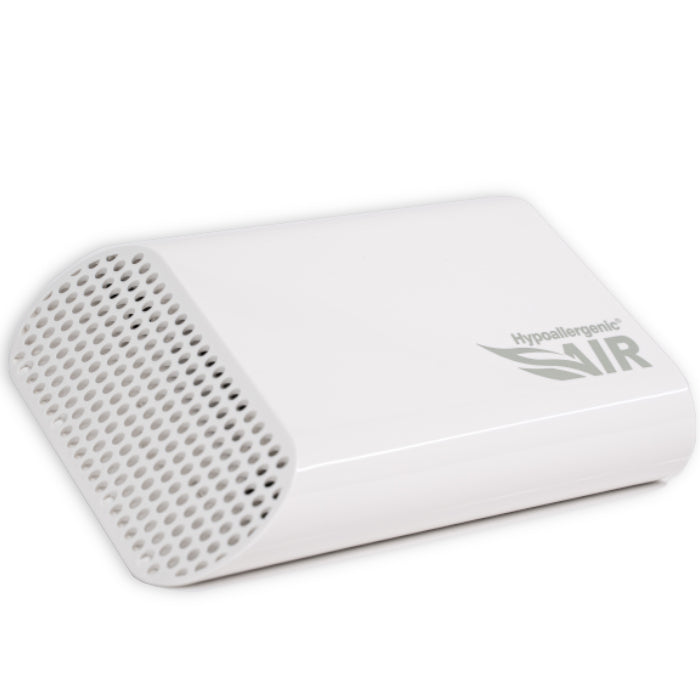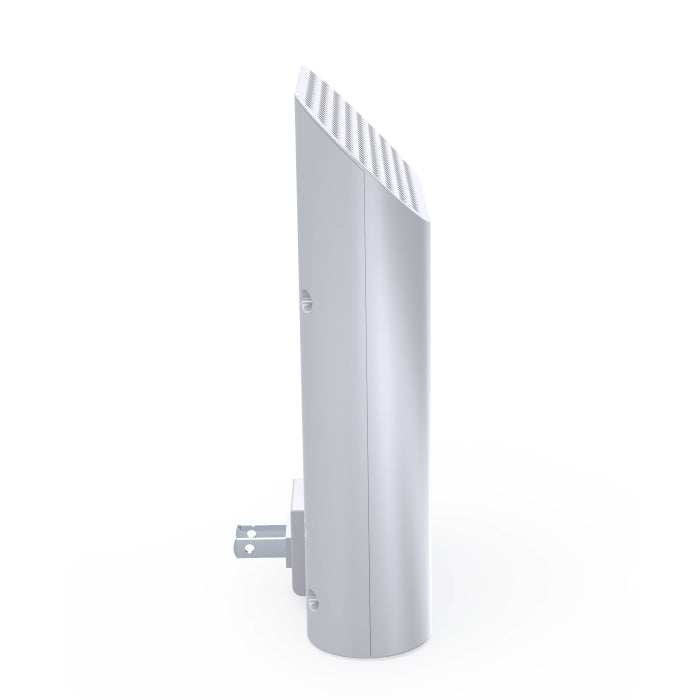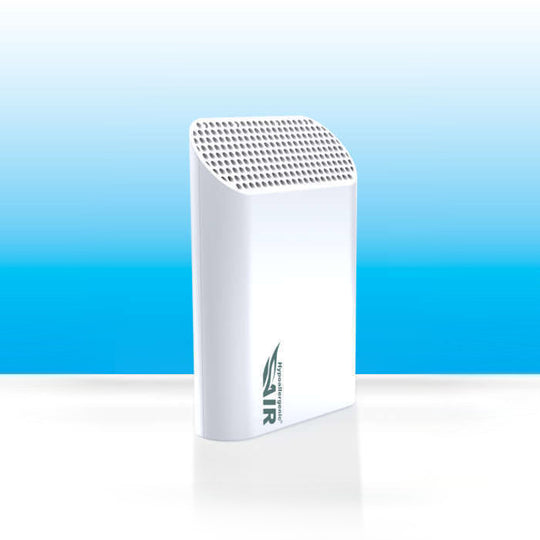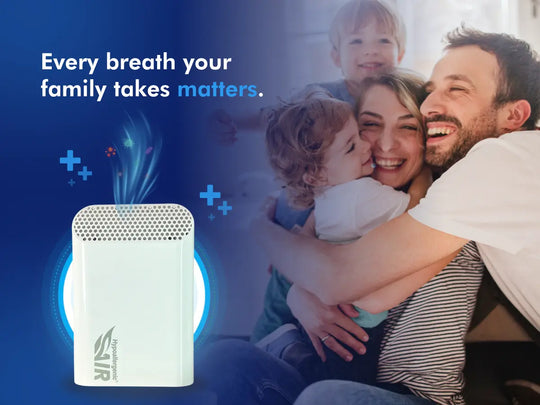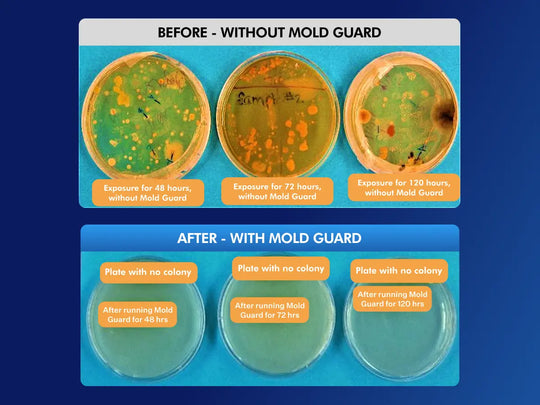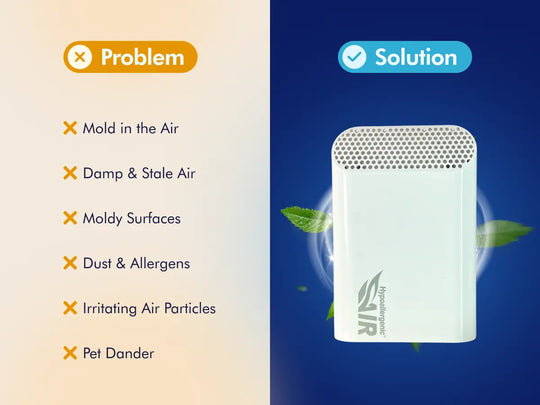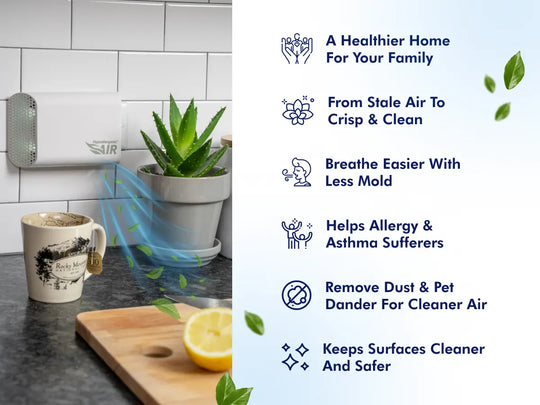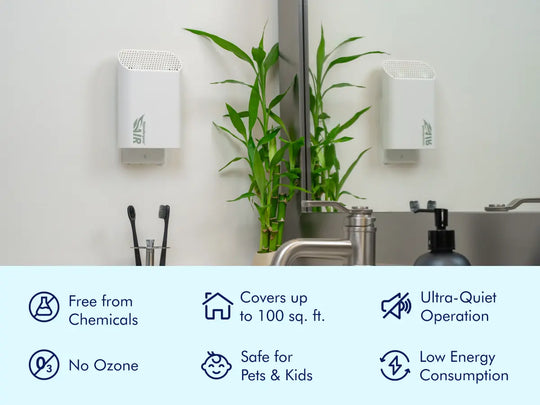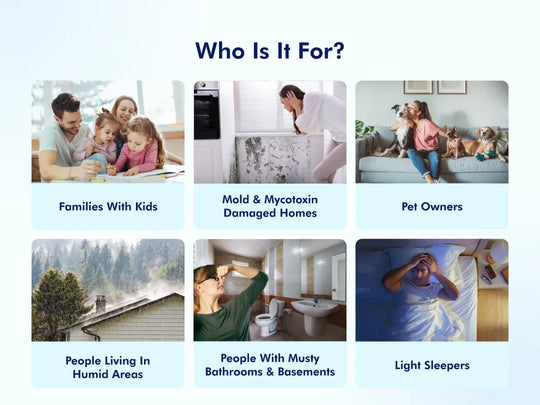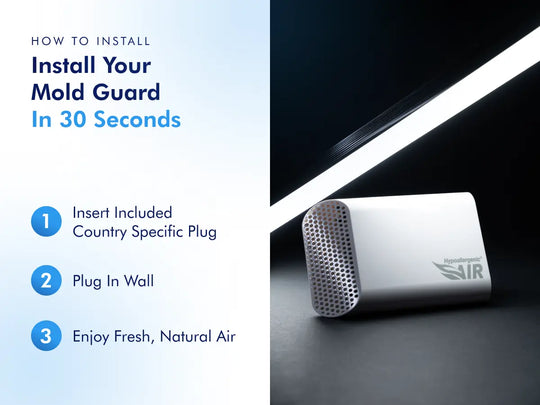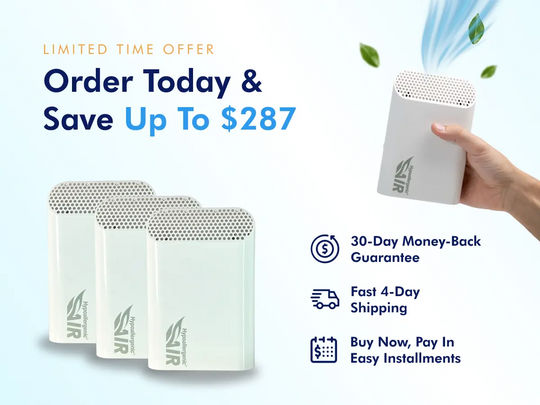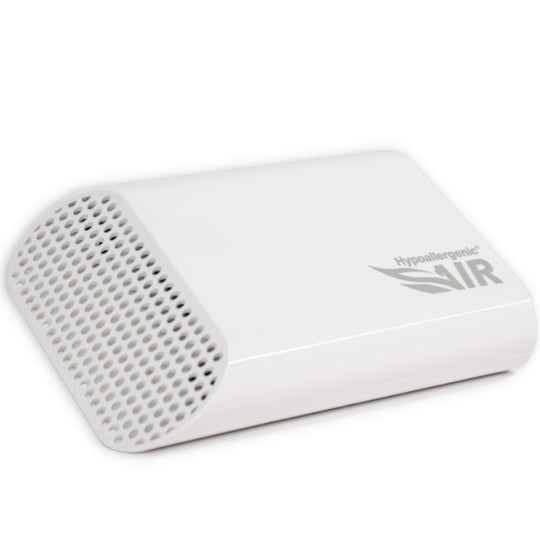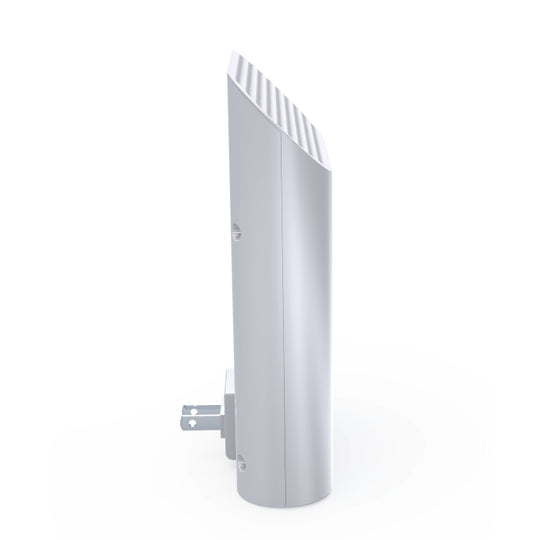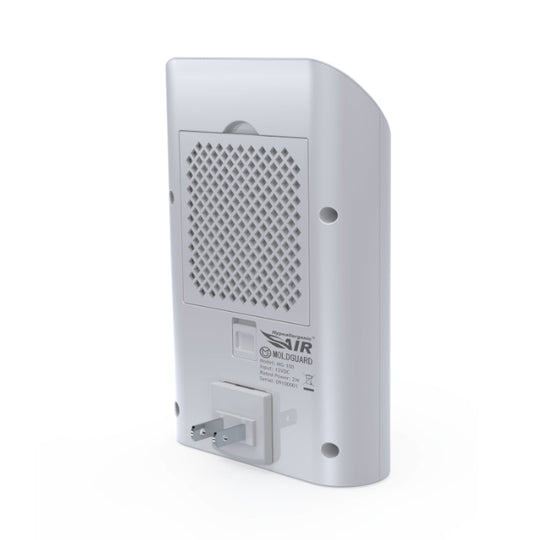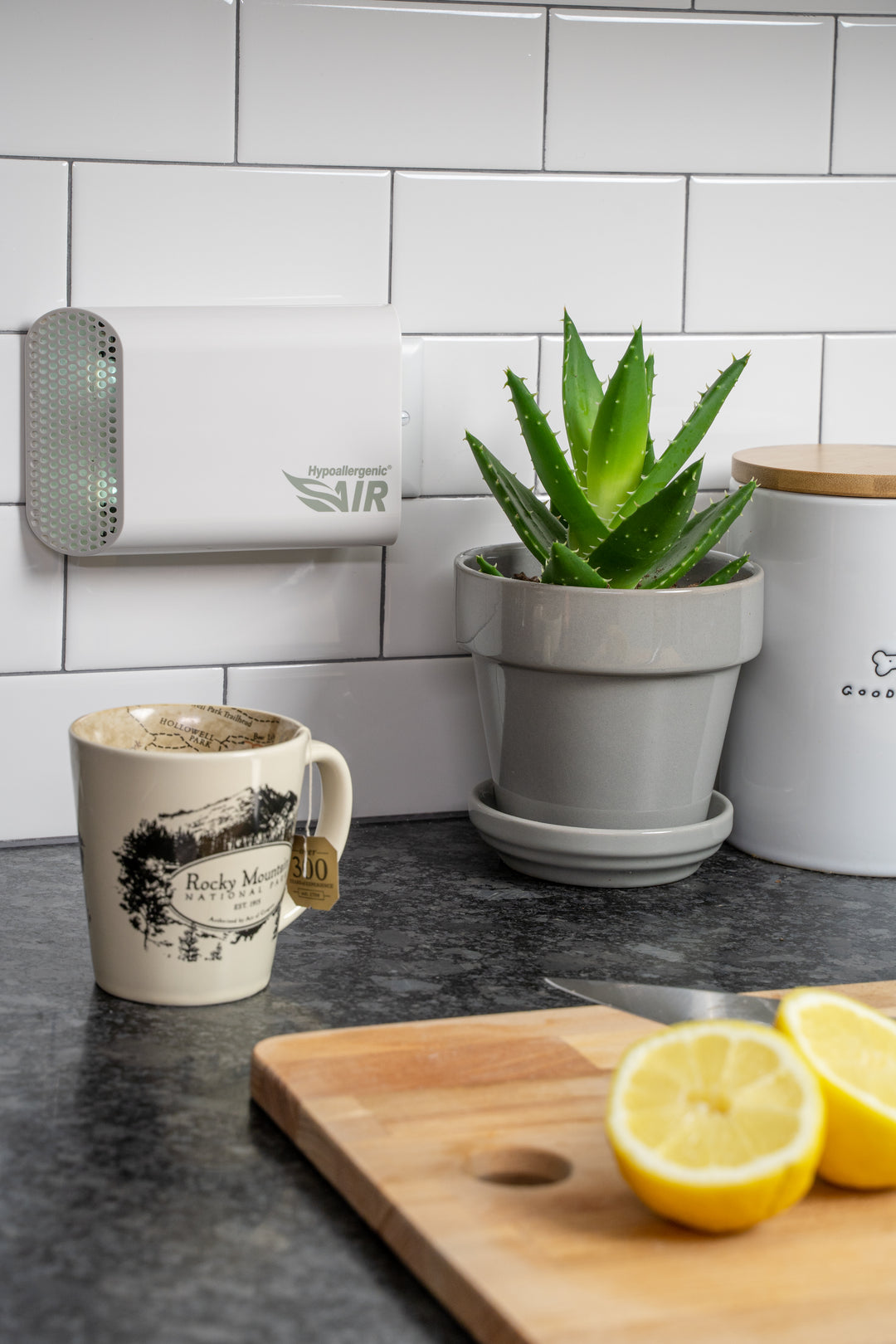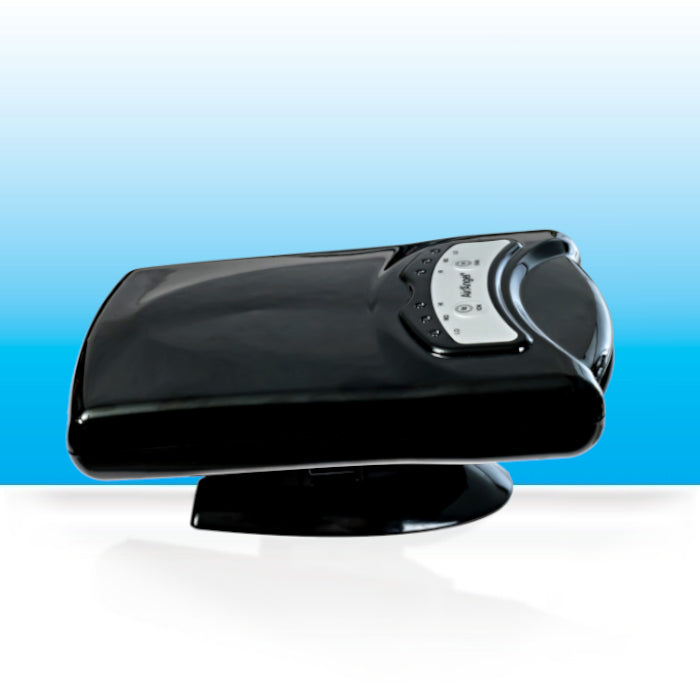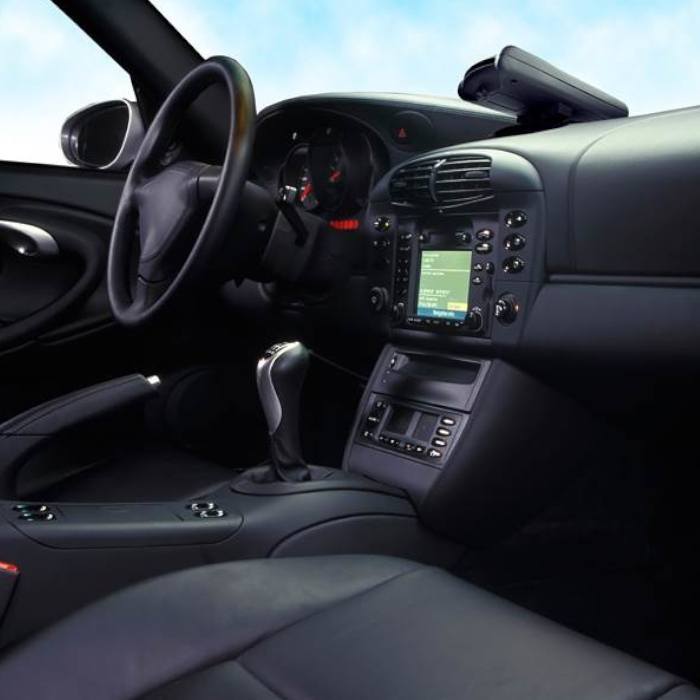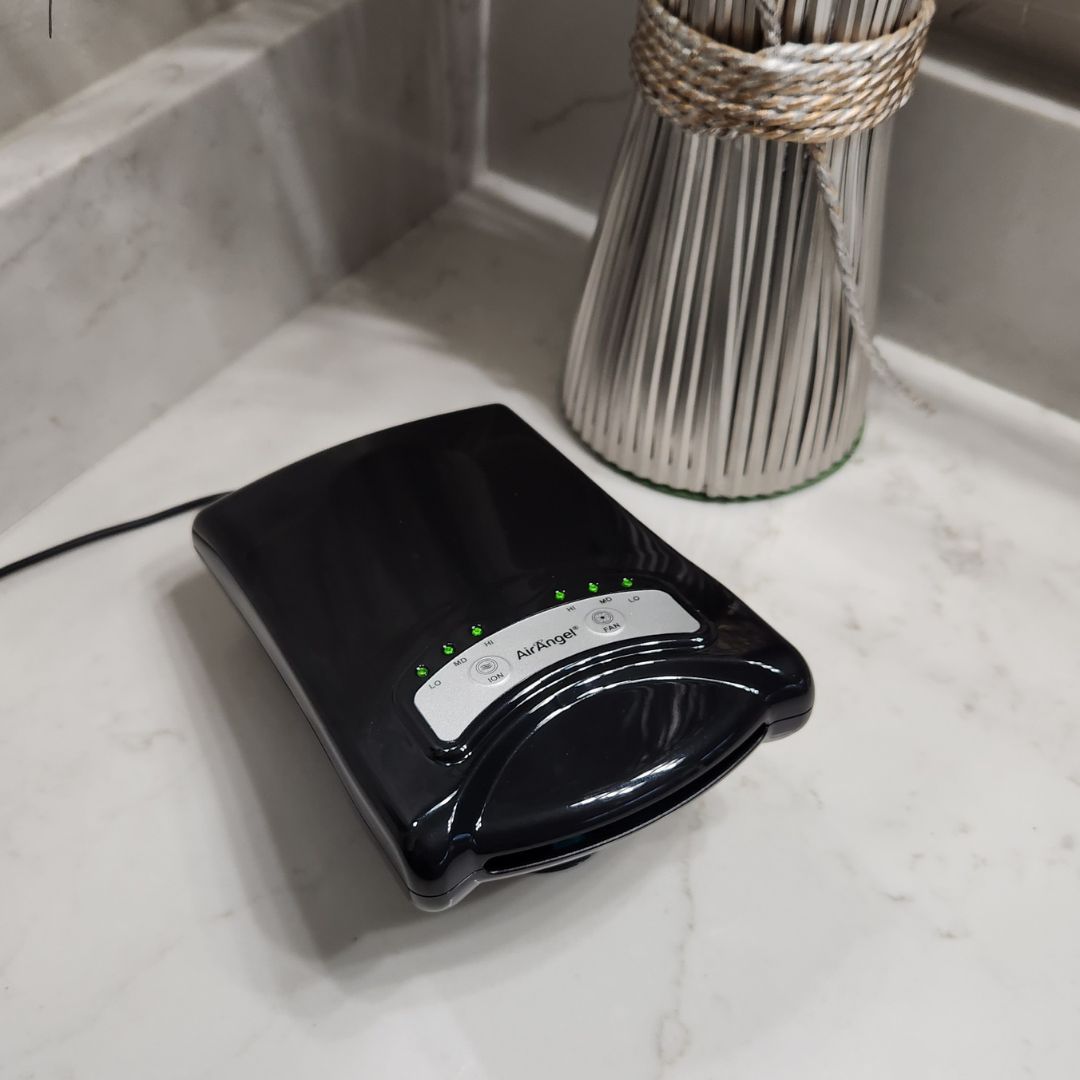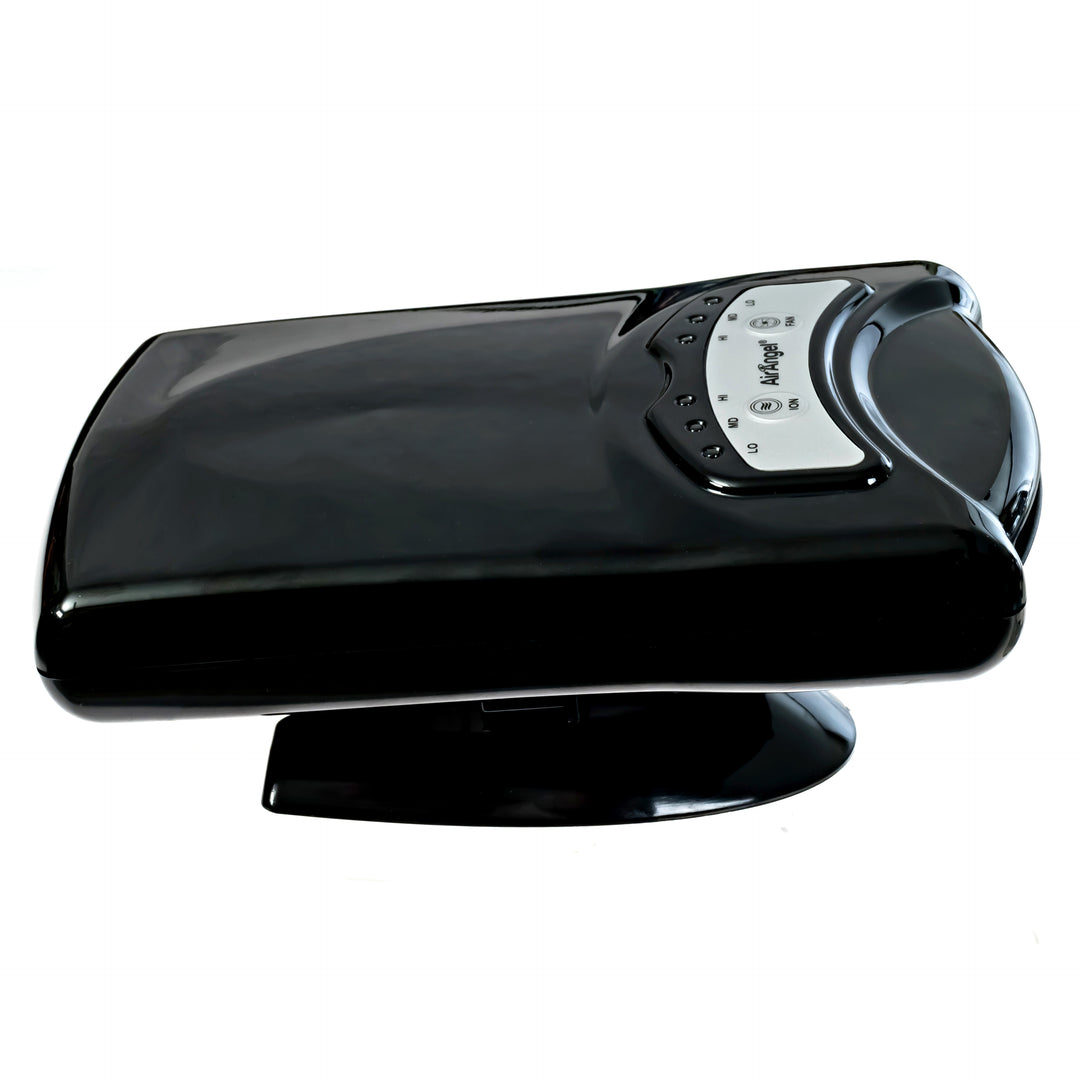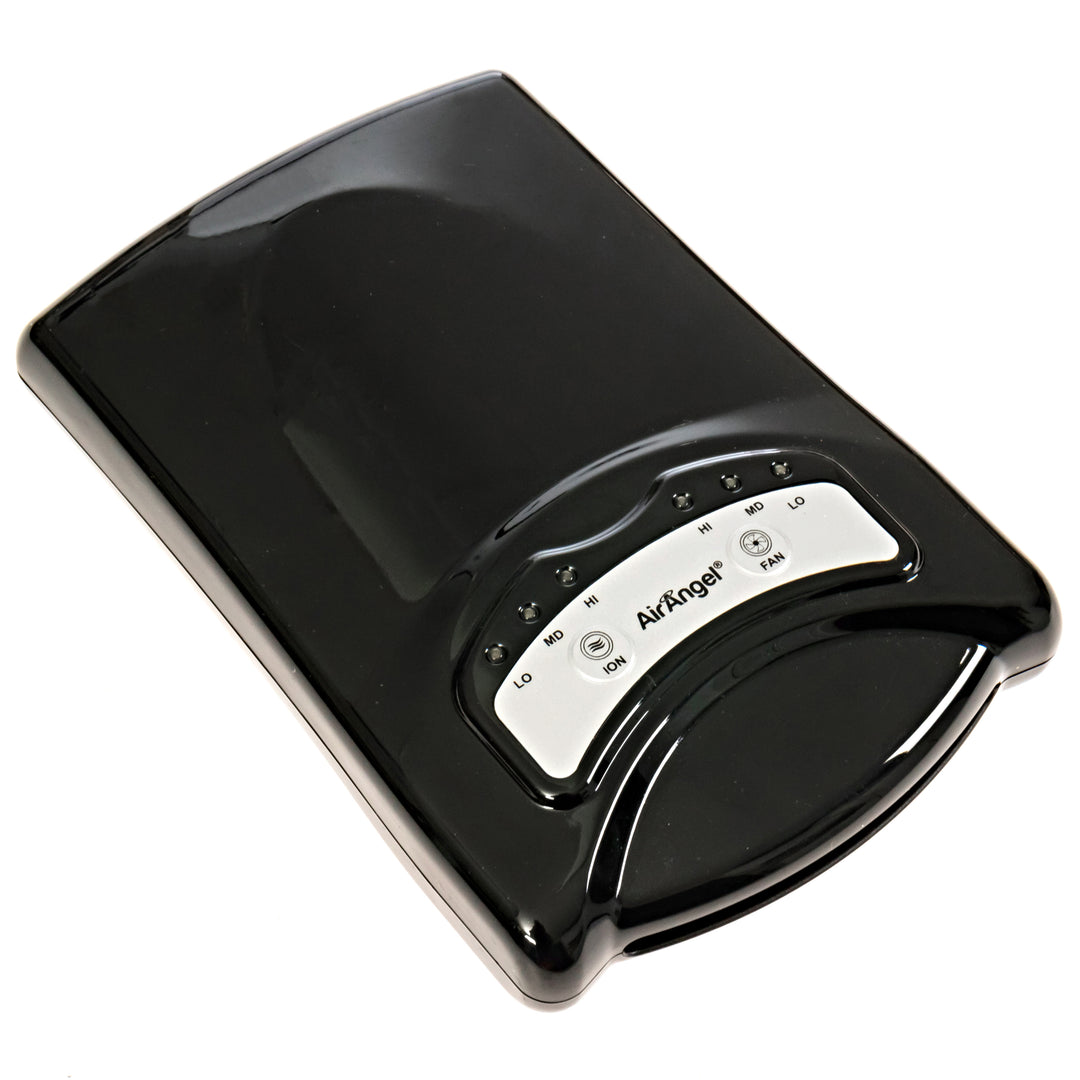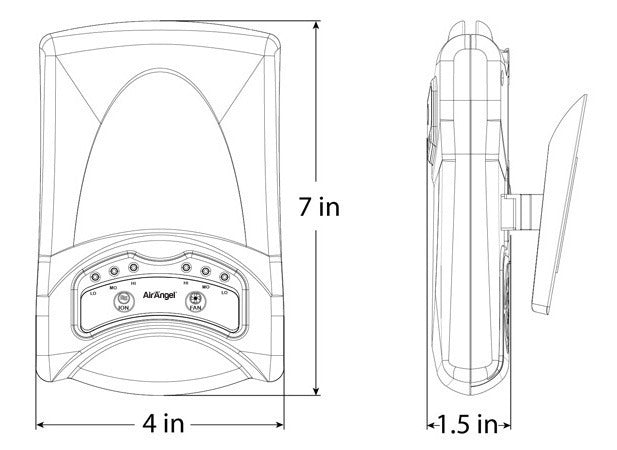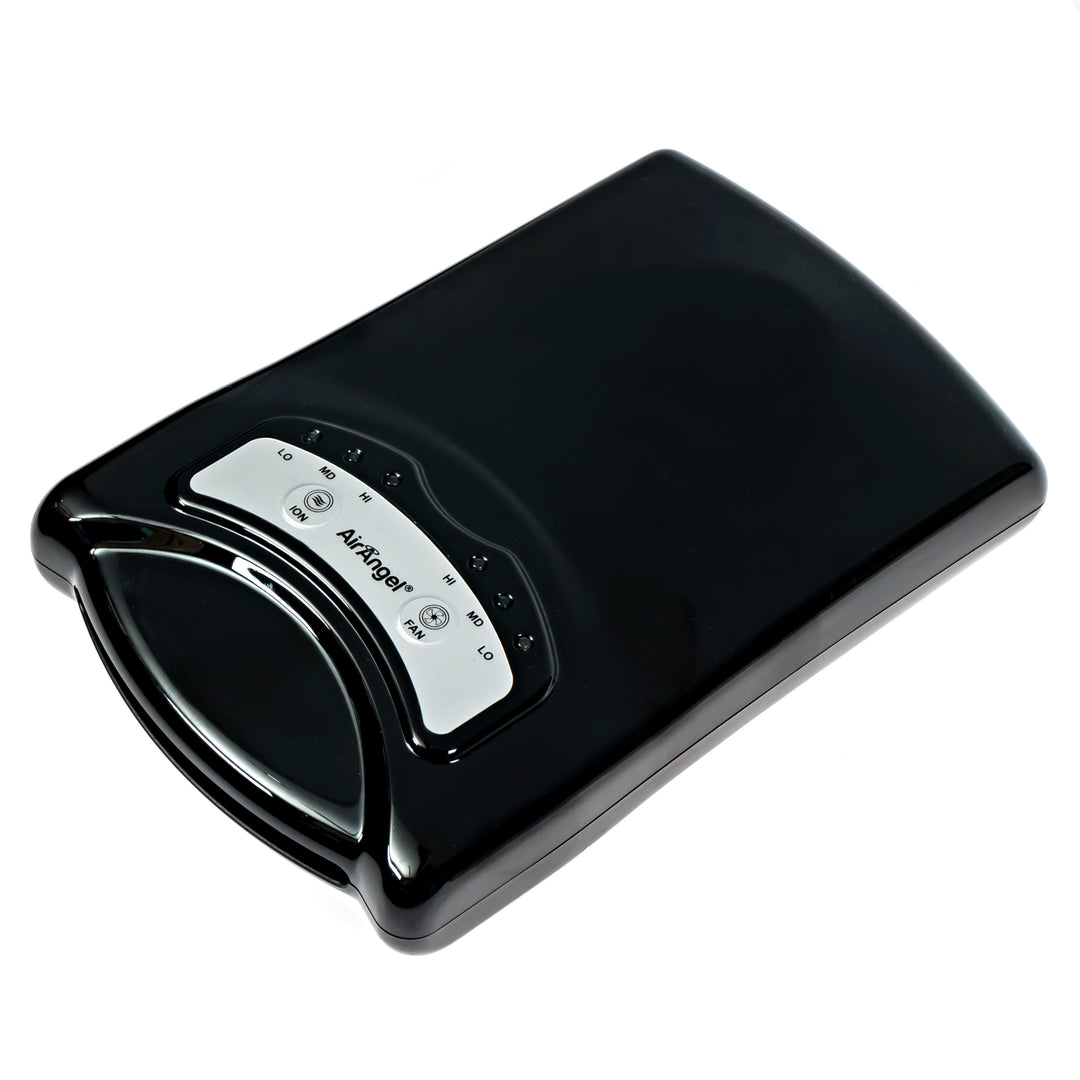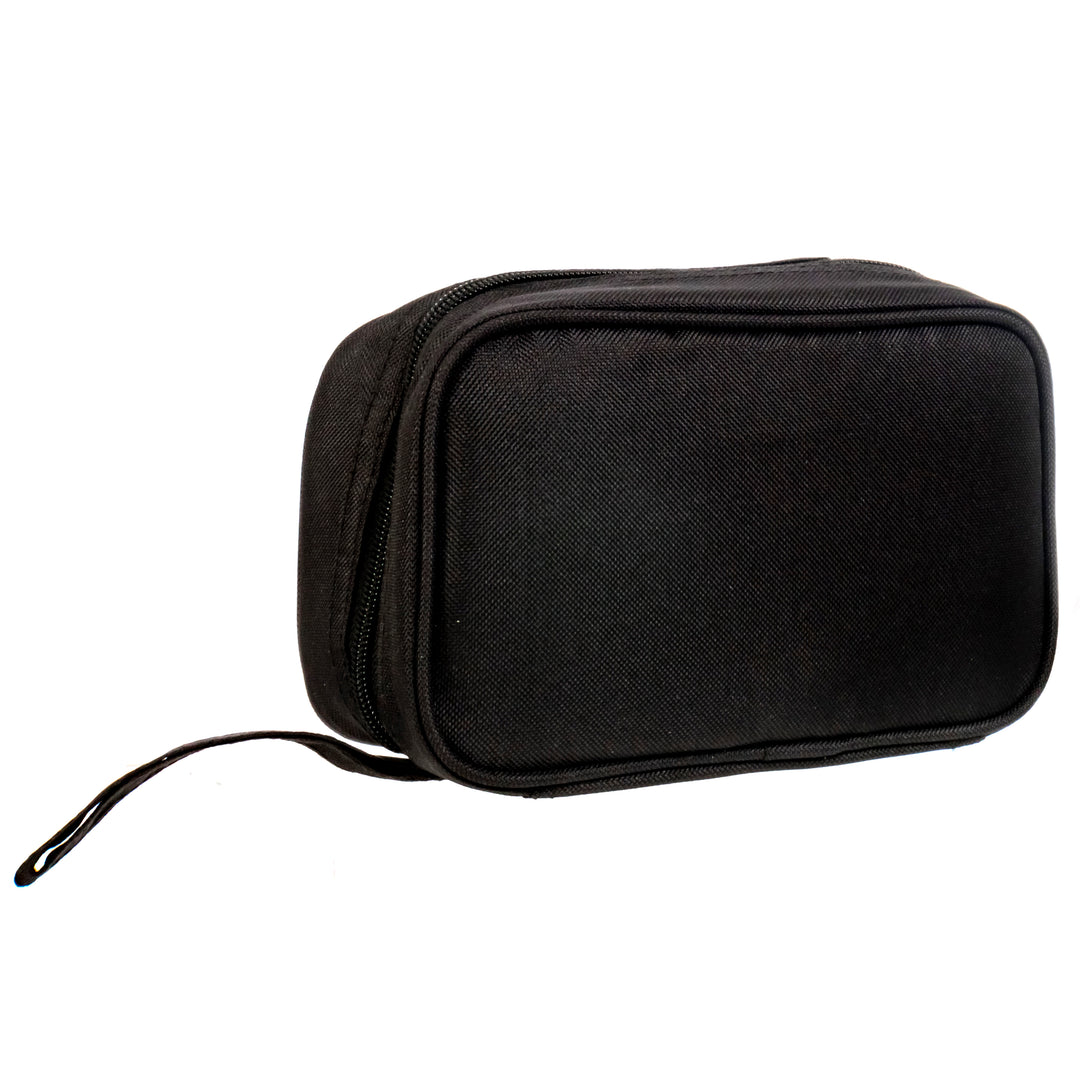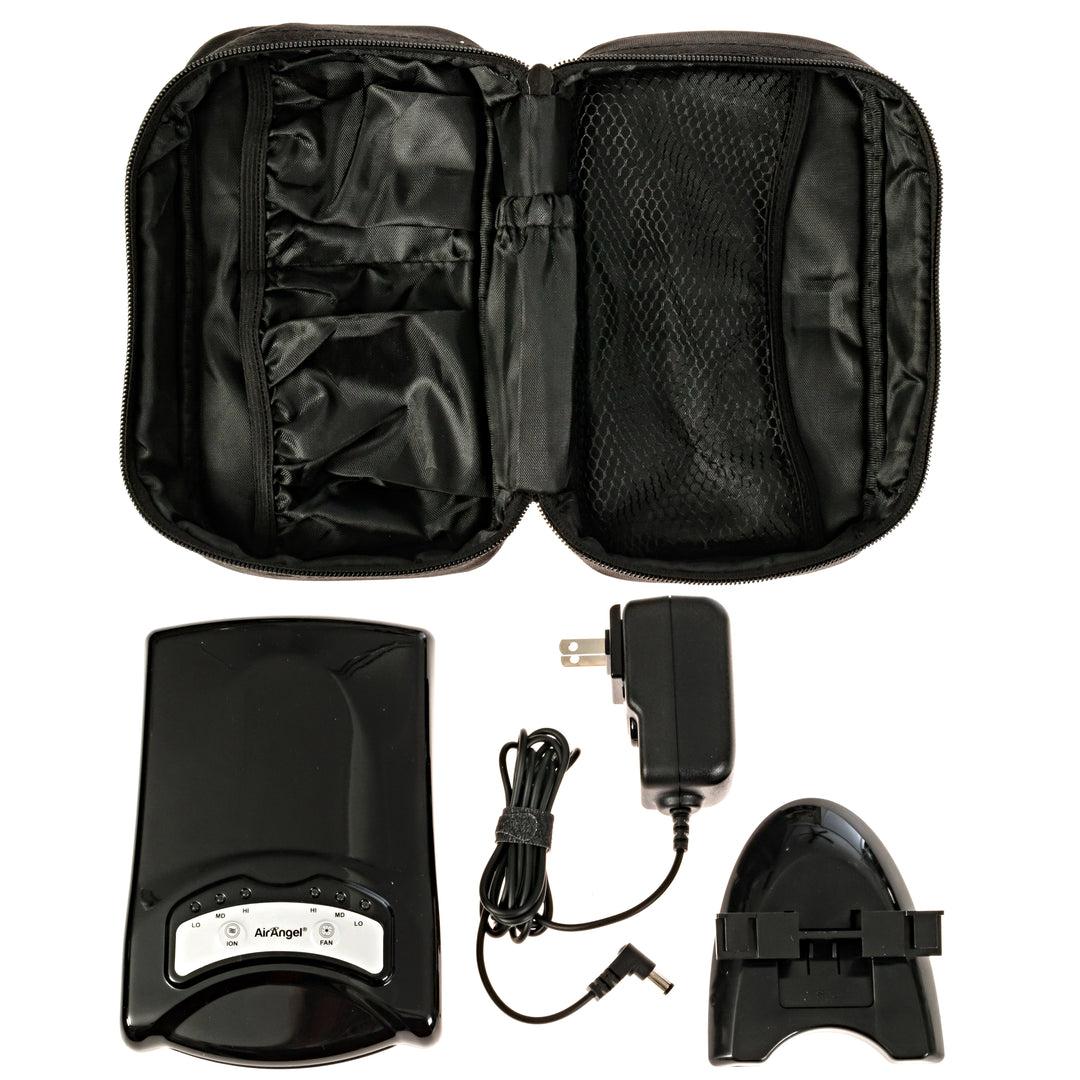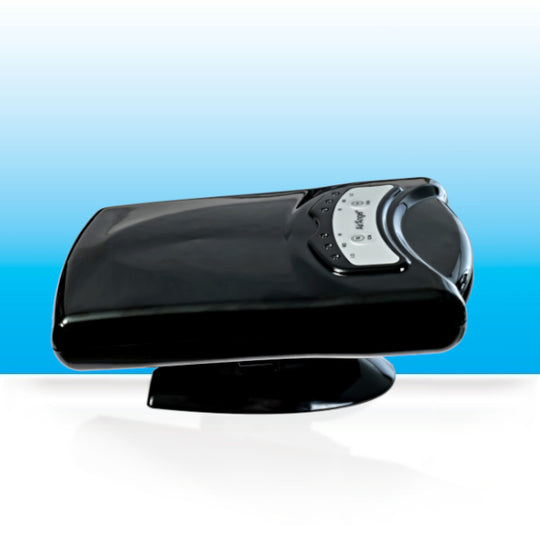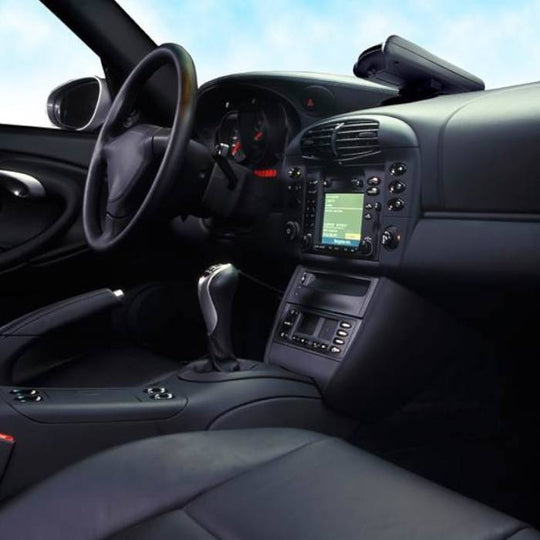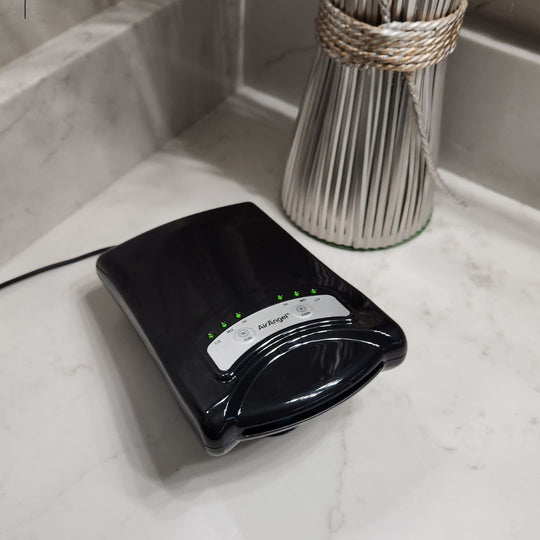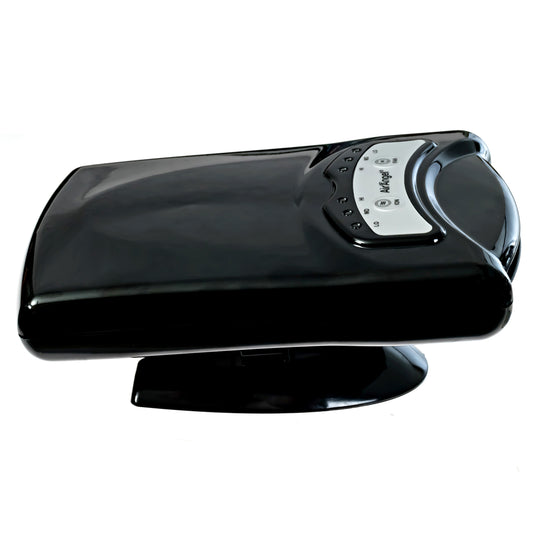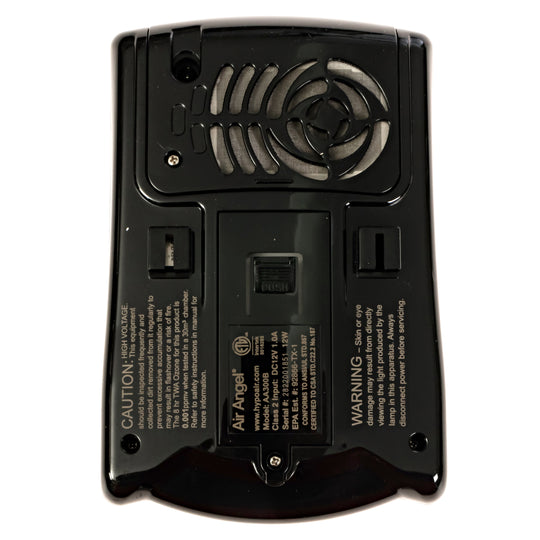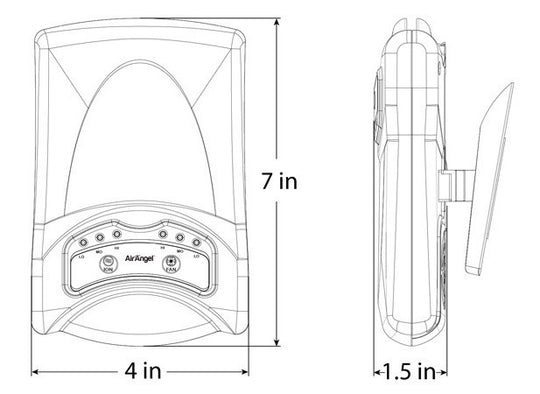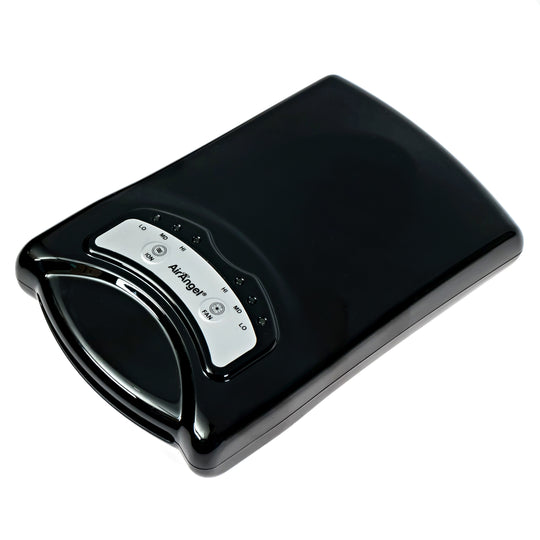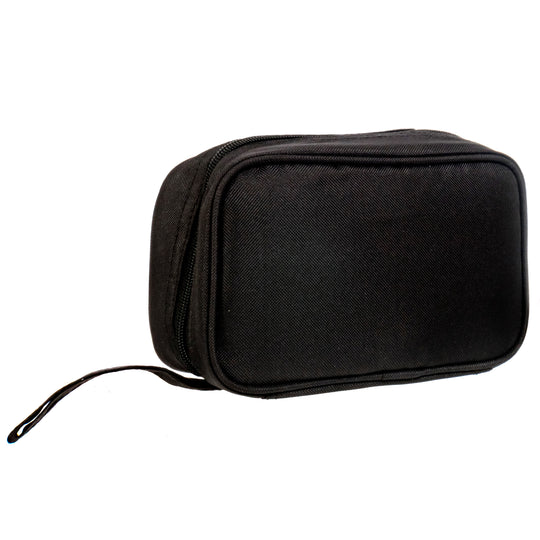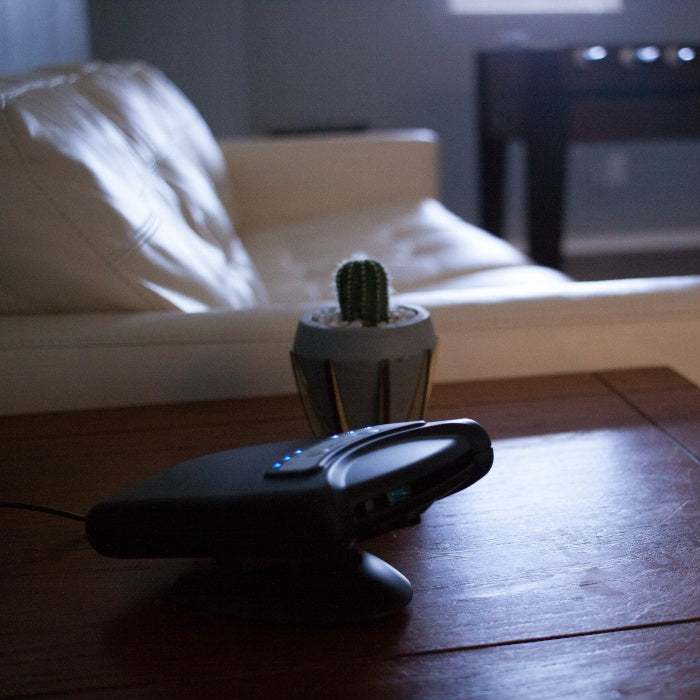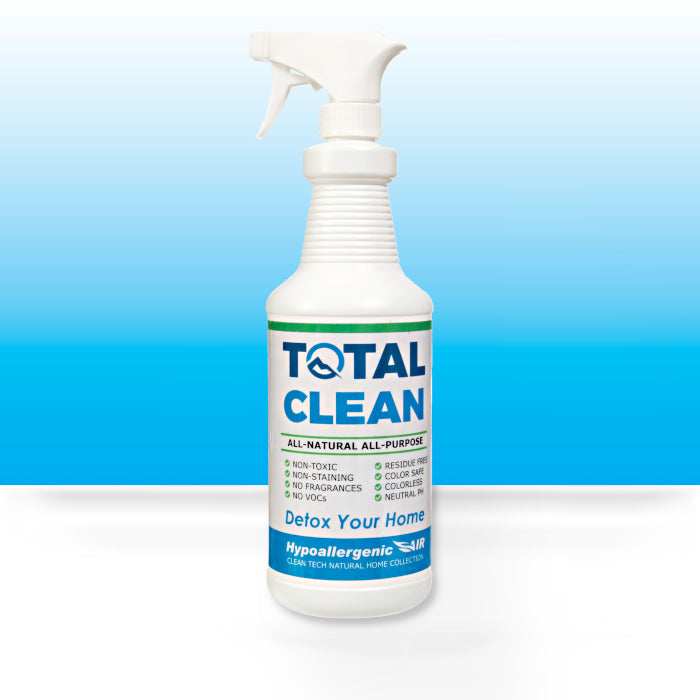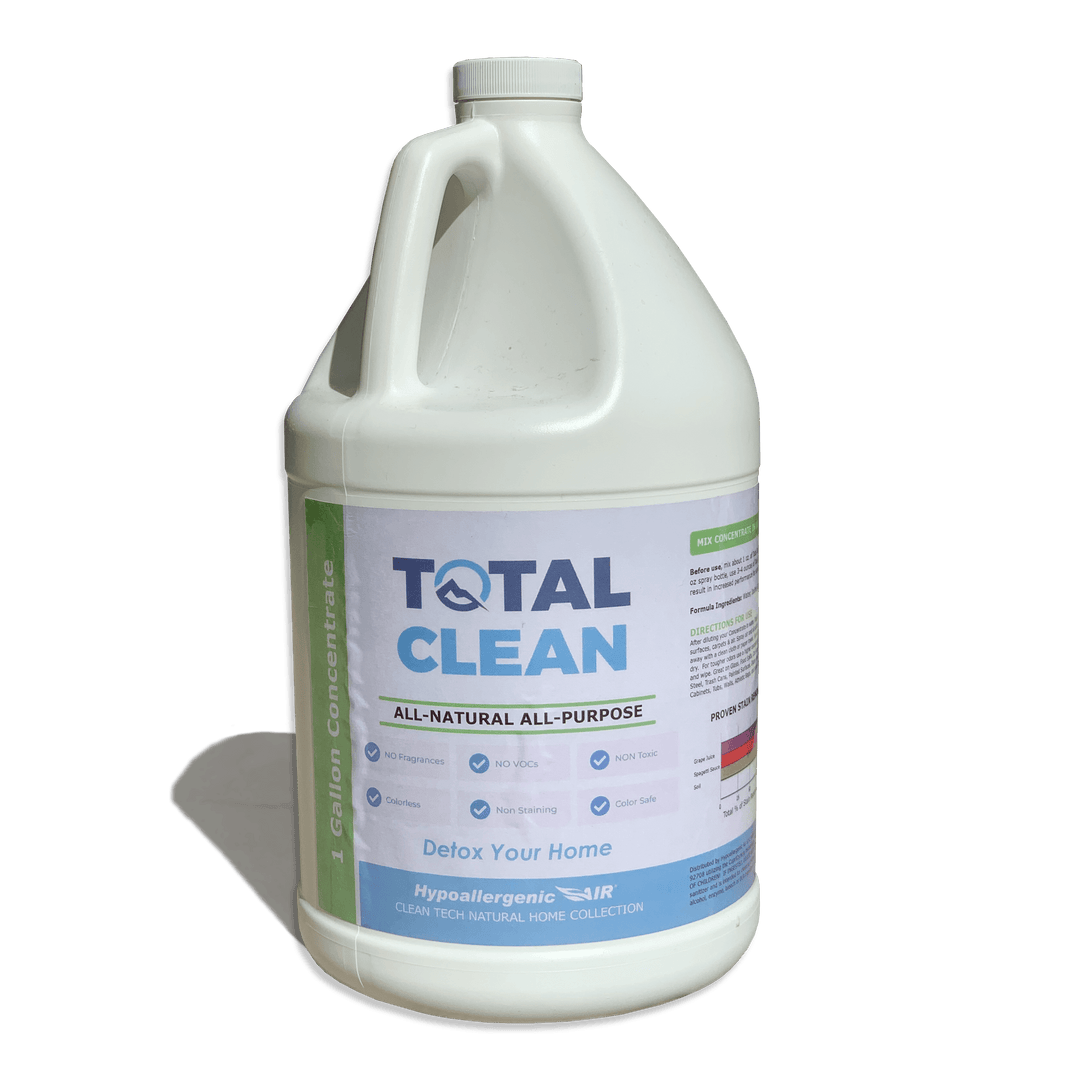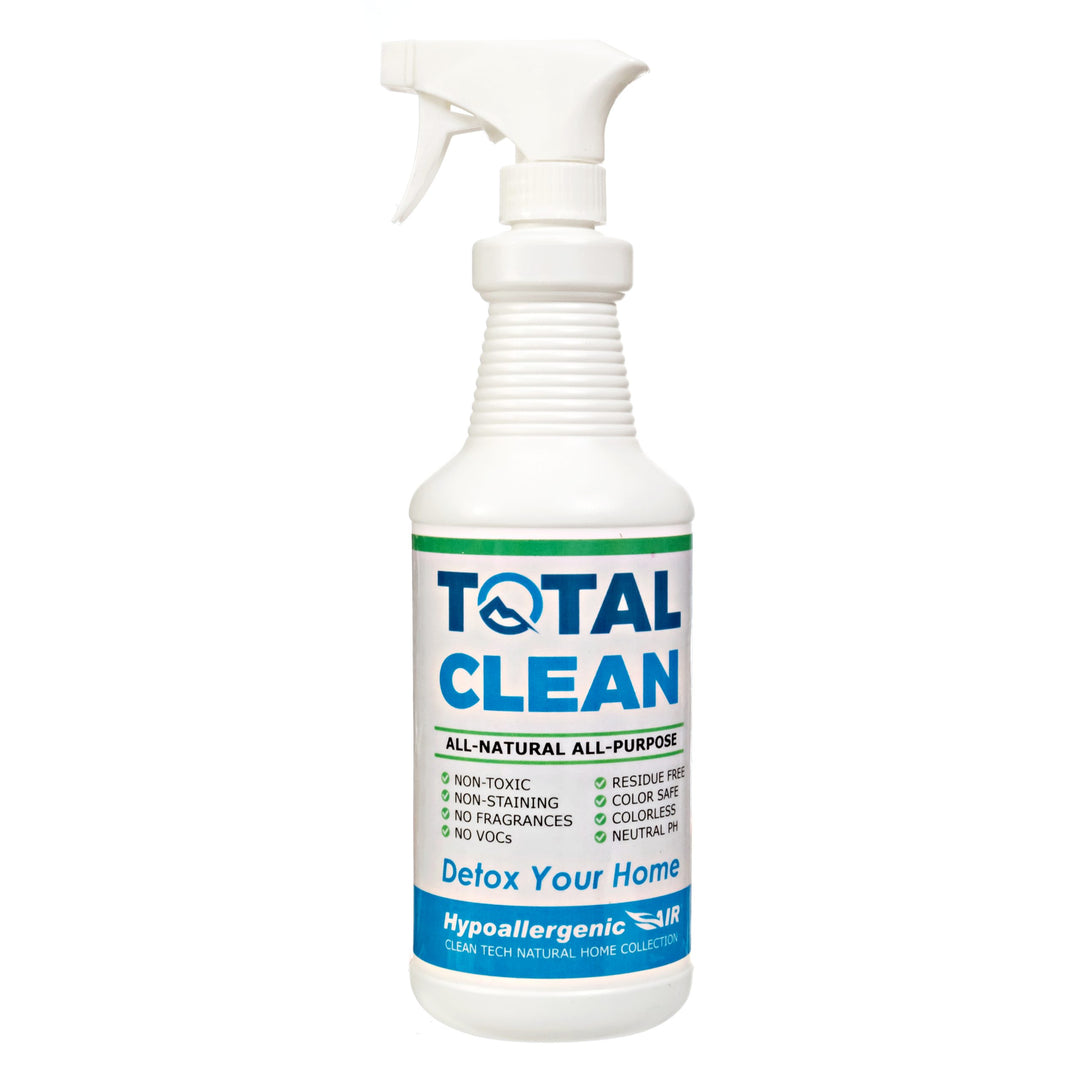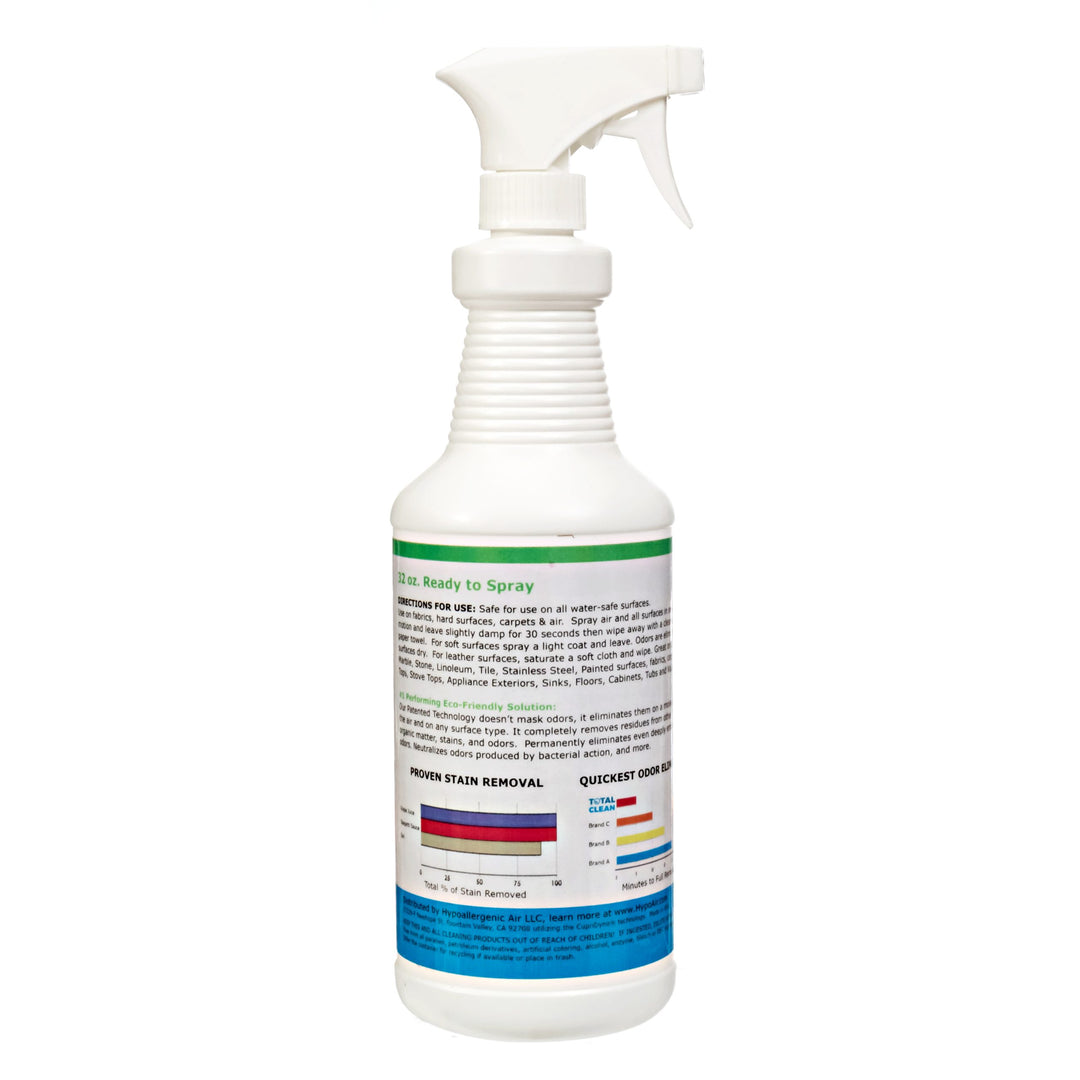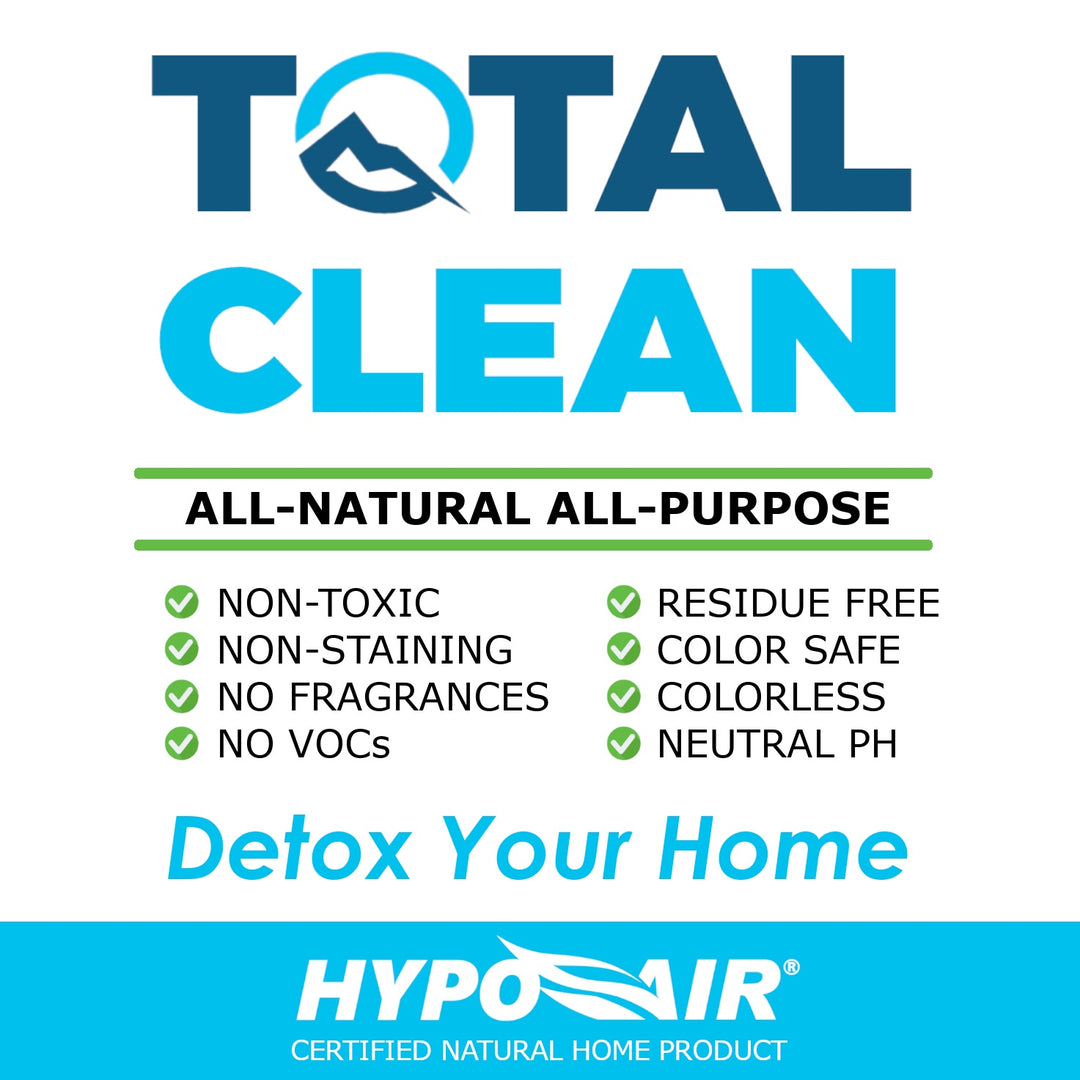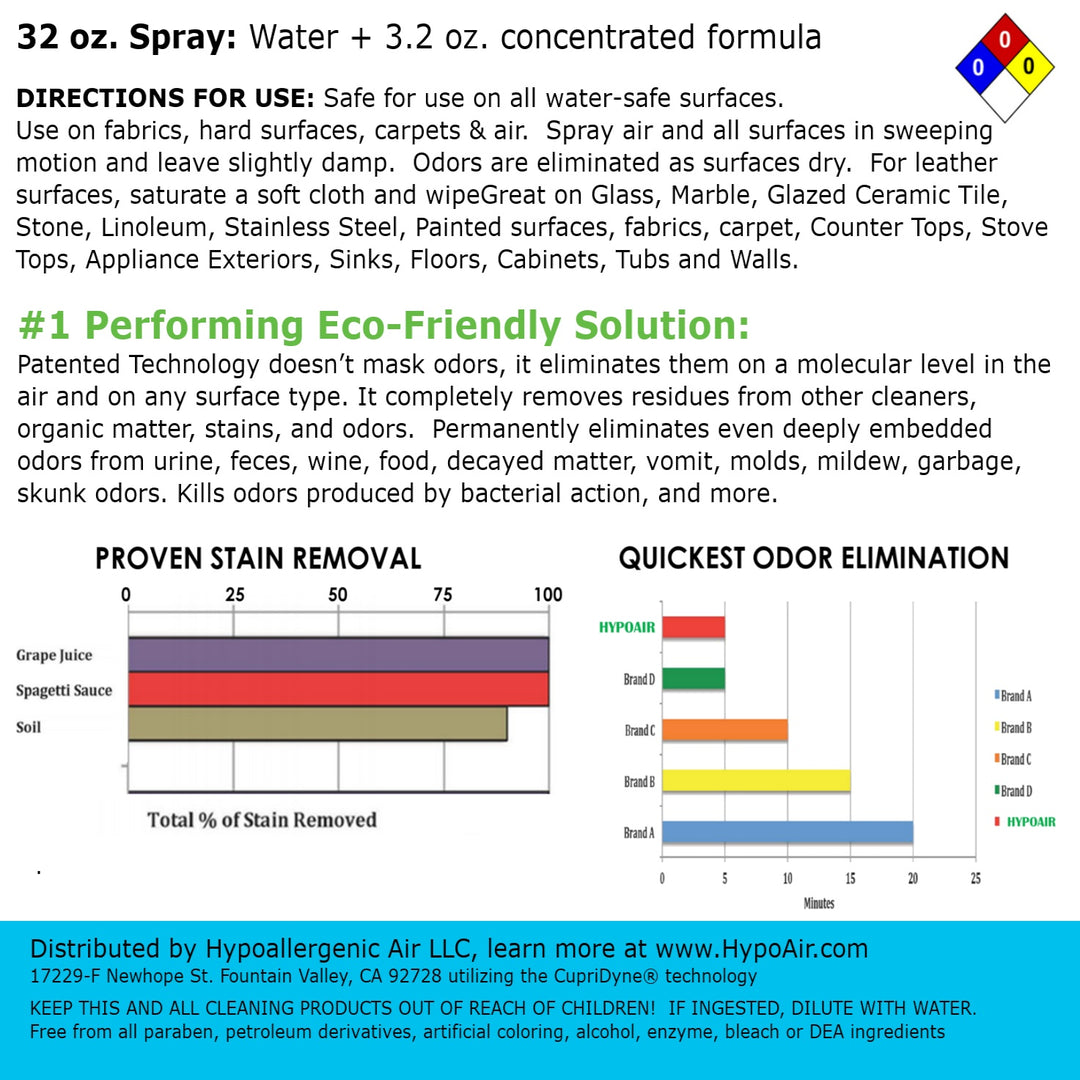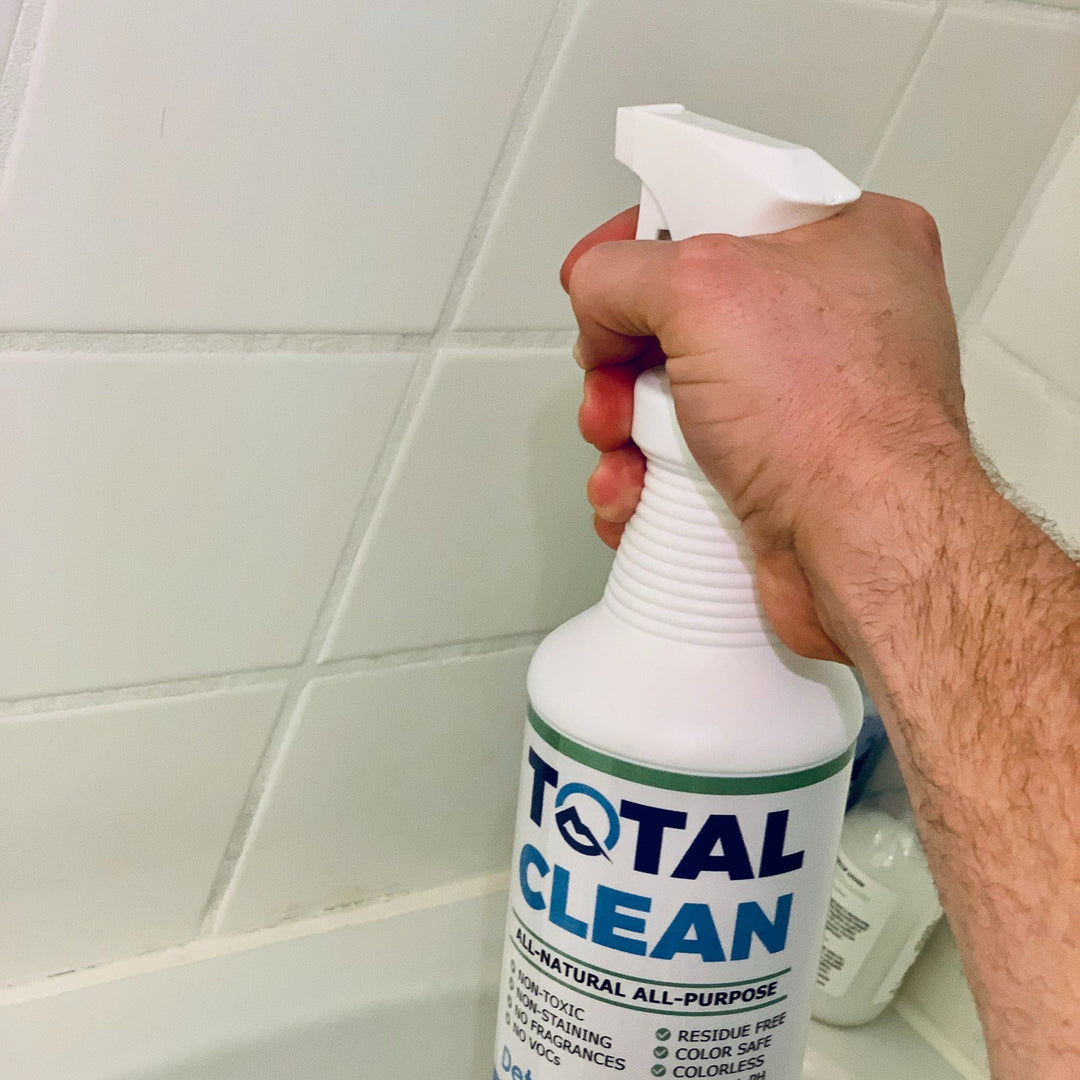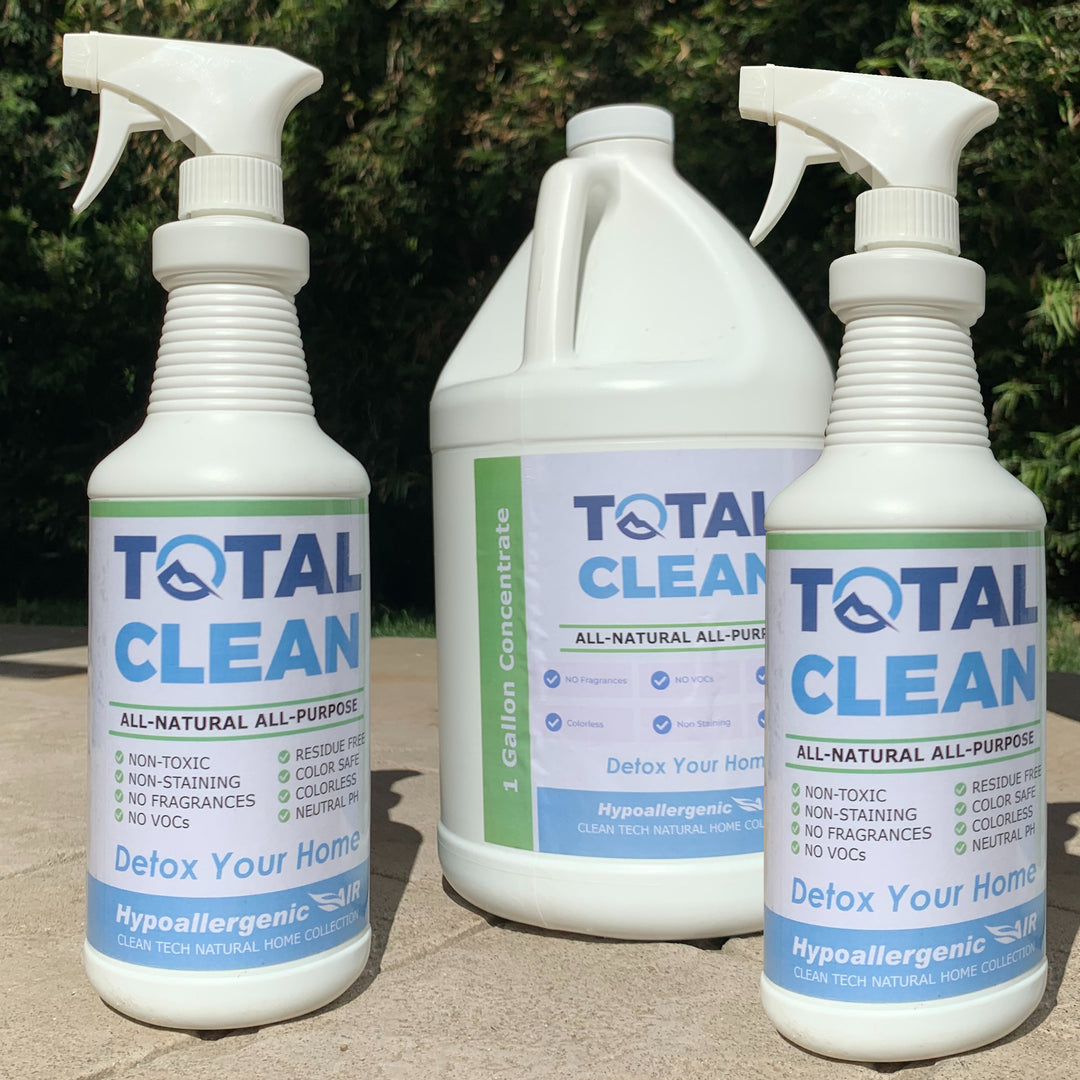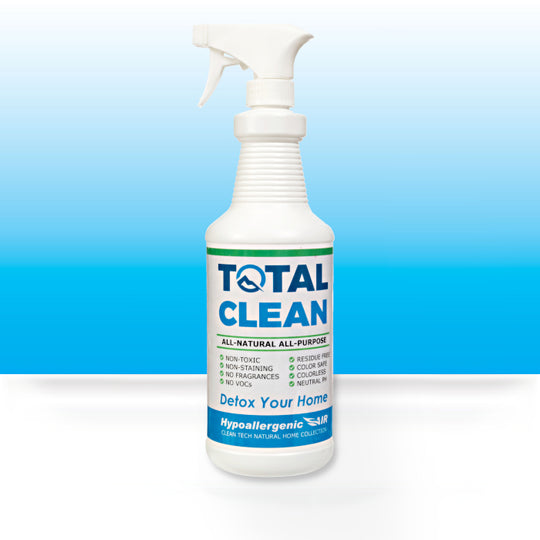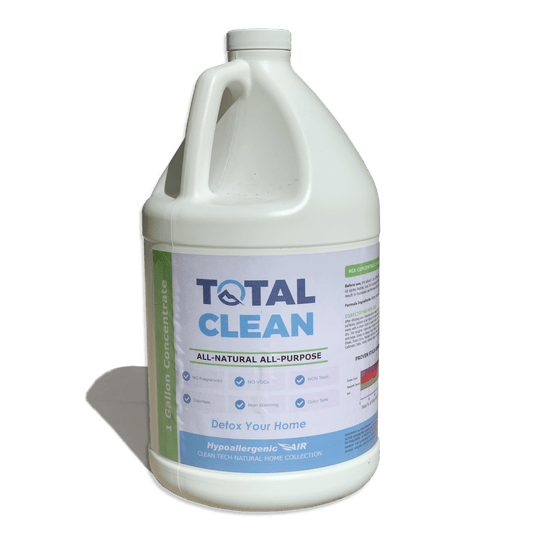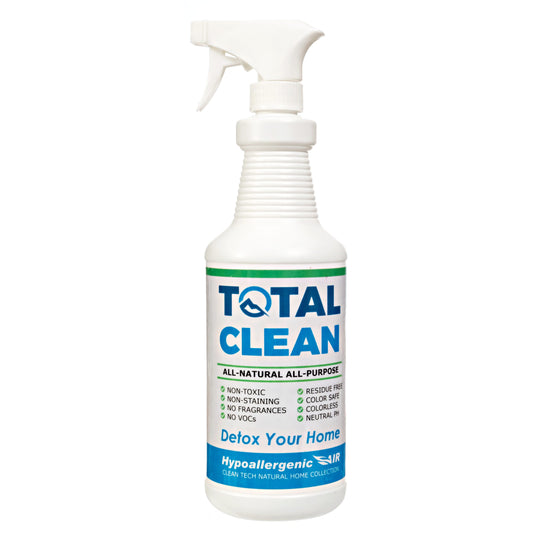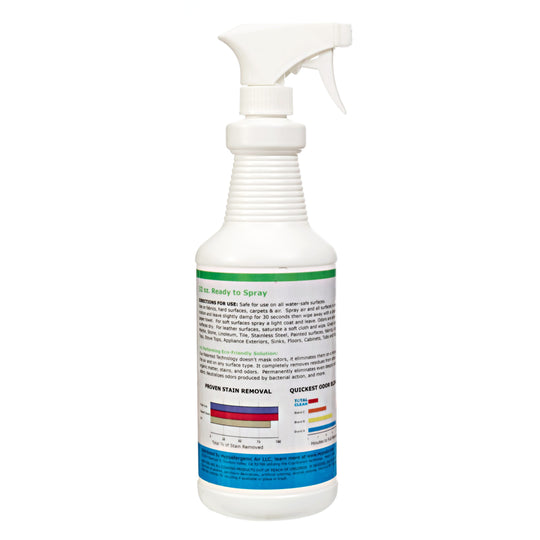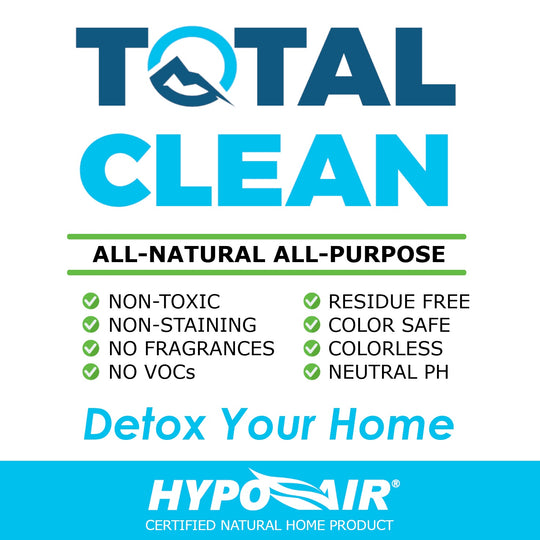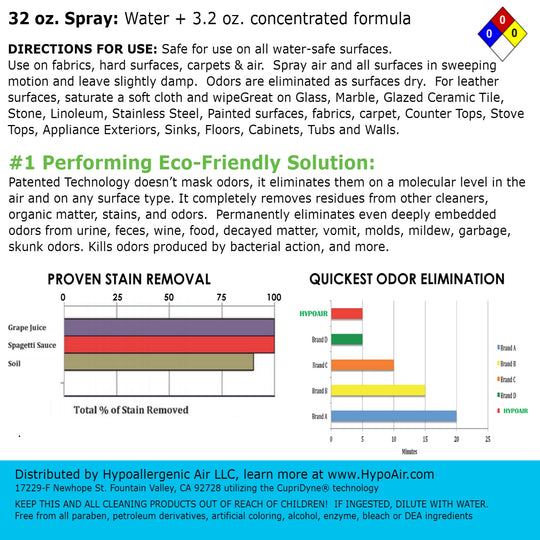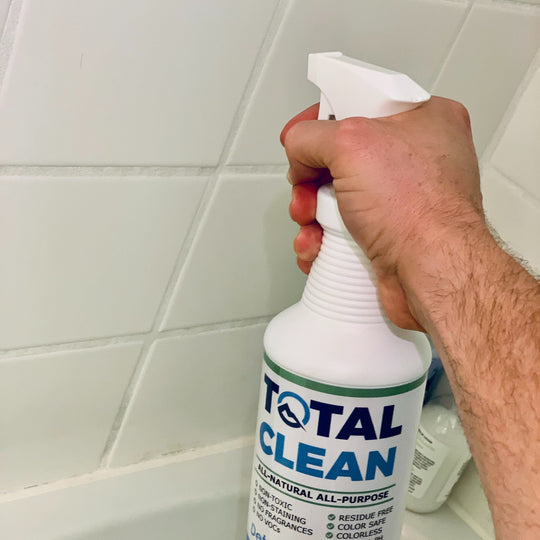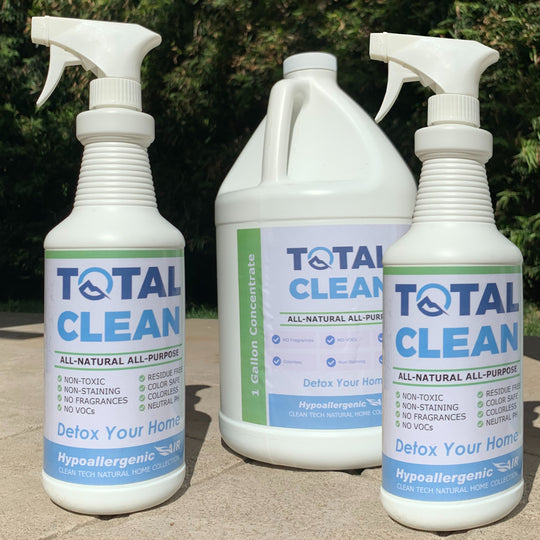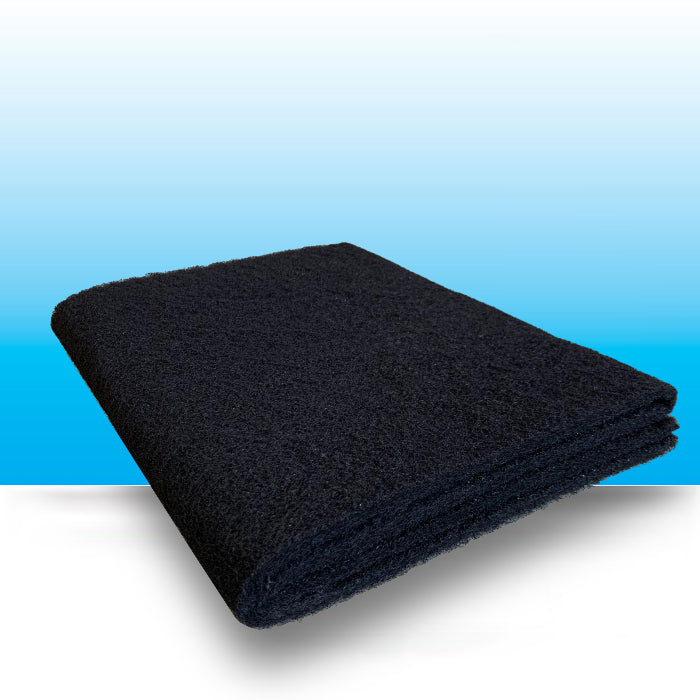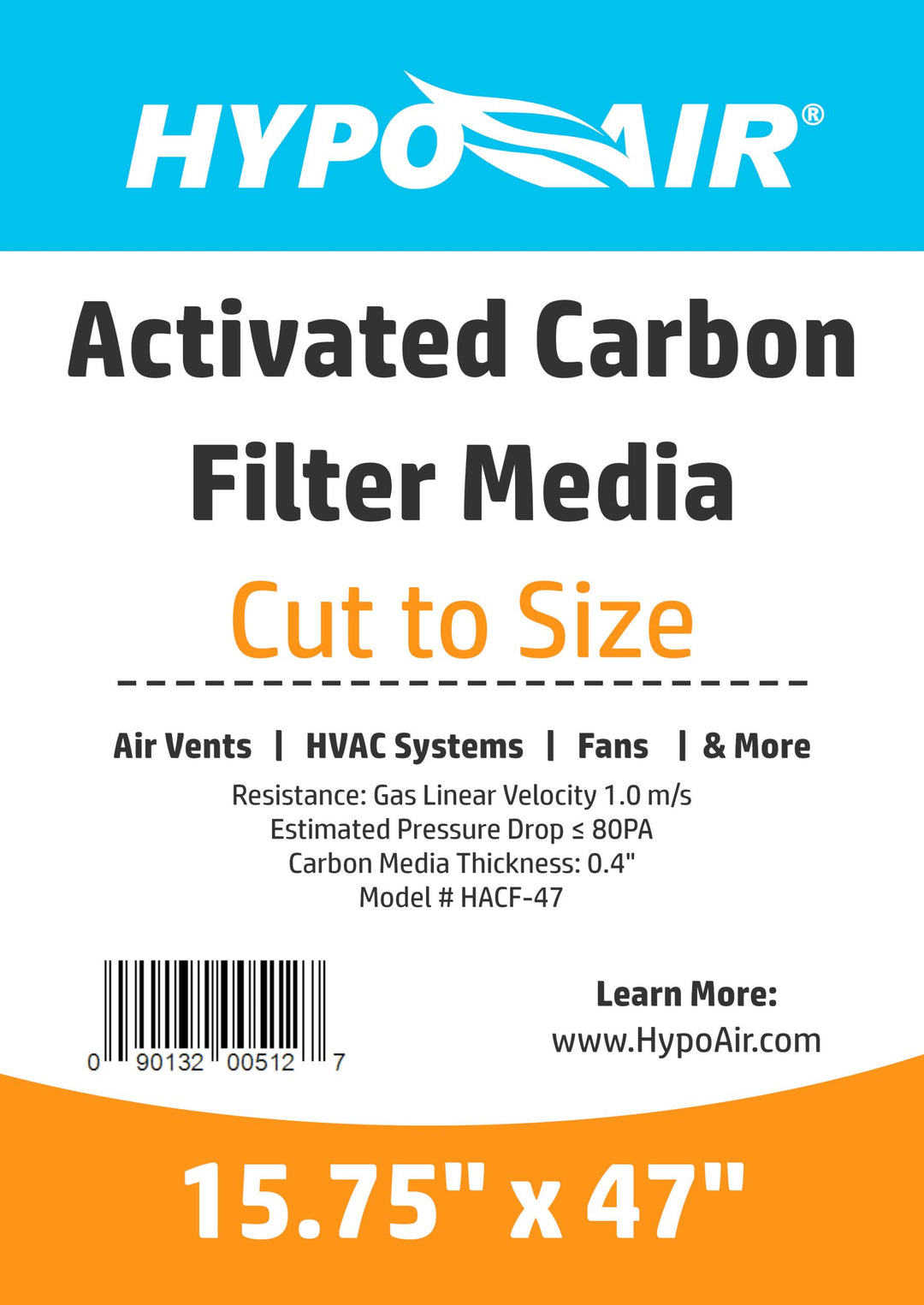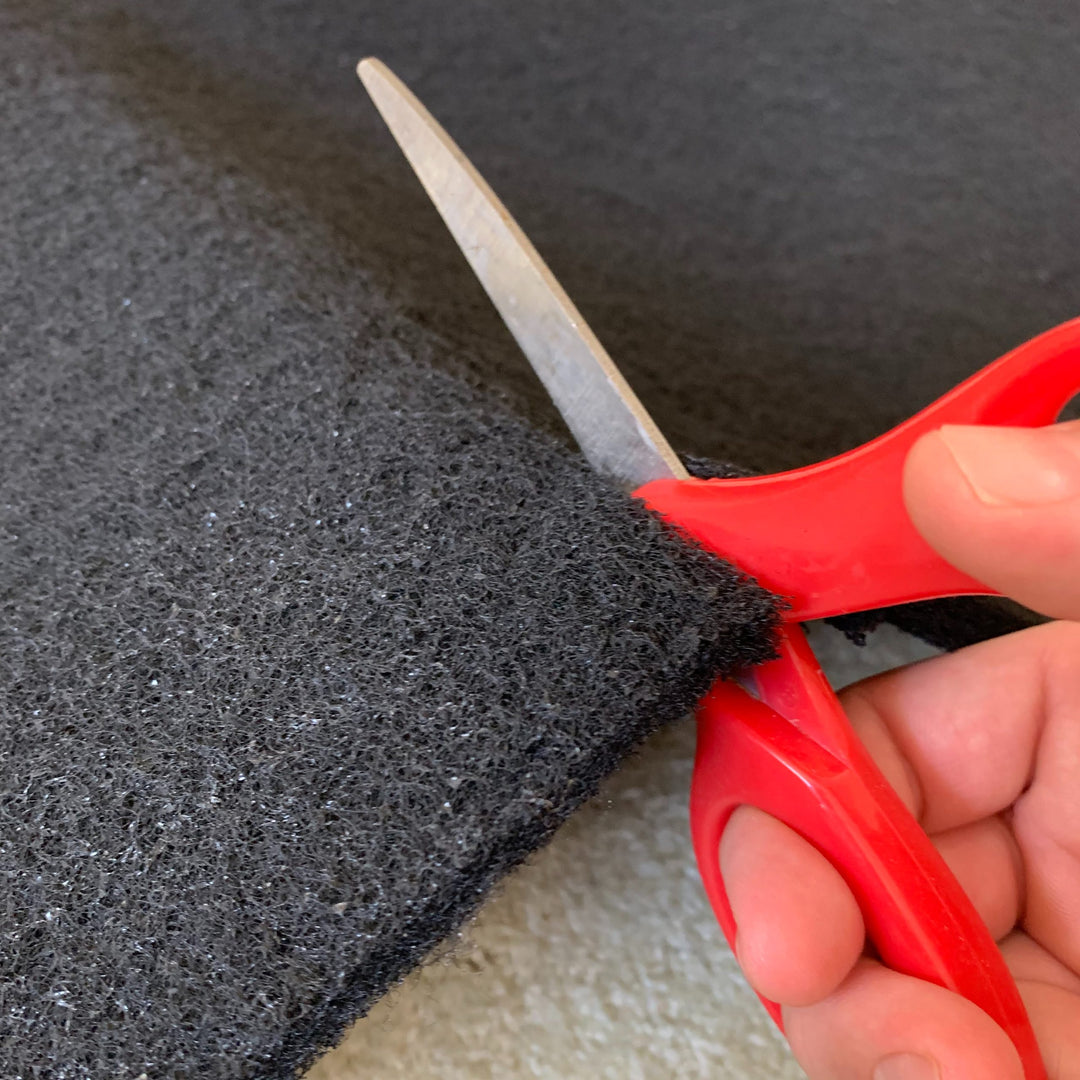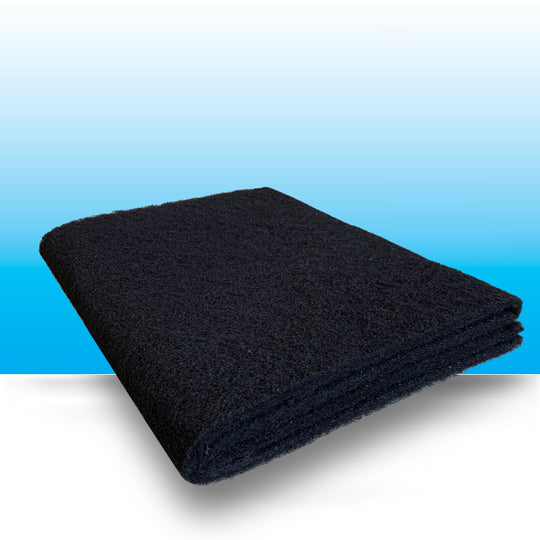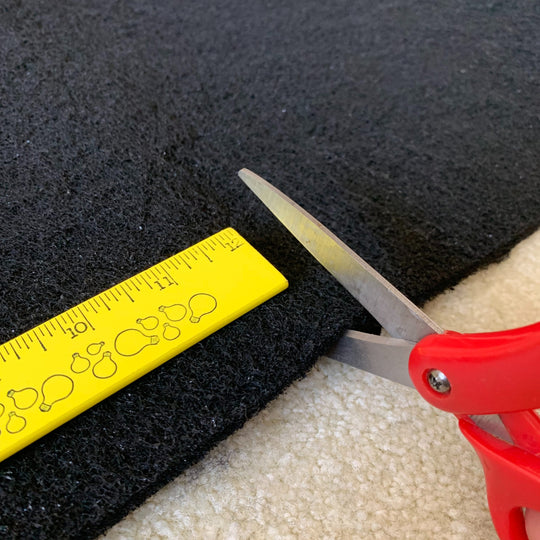This Cyber Week, enjoy unbeatable savings on HypoAir’s top air purification solutions. Whether you need compact protection for small rooms, versatile coverage for larger spaces, or whole-home HVAC purification for any sized home or building, we have you covered.

Transform Your Air Quality This Season

We replicate outdoor purification processes indoors using advanced engineering. Our technology mimics processes such as natural dual polarity ionization. Effective against allergens, fine particulates (PM2.5), formaldehyde, microbes, air pollution, chemical gases, and more.†

Our technologies have undergone over a decade of rigorous testing and field studies by 3rd party laboratories, universities, commercial clients, and leading independent researchers.† Commercial clients include world renowned five star resorts, the tallest building in the world, professional sports teams, and hospitals.

Our extremely compact products cover much larger spaces than competing technologies. Low energy, little to no maintenance, and whisper quiet operation set our products apart. USA designed & assembled with the highest quality components (global and/or domestic) and technology available.
About the Whole Home System
Designed for homes with central air, each Whole Home unit covers up to 2,400 sq. ft., delivering advanced purification right at the source.
About the Mold Guard
Perfect for small rooms like bathrooms and offices, the Mold Guard reduces mold, allergens, and odors while being compact and safe.
About the Air Angel
The Air Angel is compact, quiet, and effective. It has the same technology as the Mold Guard, plus an additional technology that improves efficacy against complex chemicals (and 3x the coverage).
Need Help Finding the Right Product?
Air Quality is not "one size fits all". No single technology or product is optimal for every situation or contaminant type (despite what some may claim). Our current array of Air Purifier products utilize various different technologies depending on the application. As such, not all referenced technologies are relevant for all products.
Take our short questionnaire (takes about 1 minute) so that we can better understand what products & technologies to recommend to optimally reduce your exposure to some of the contaminants listed below.
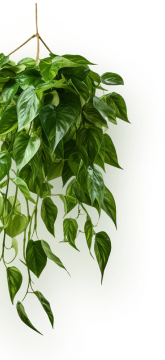

The unchecked rise of mold and bacteria in enclosed spaces produces airborne toxins that overwhelm our natural defenses. Indoor environments lack the natural processes and competing microorganisms found outdoors, allowing water-based molds and bacteria to grow unchecked when moisture accumulates. Species like Aspergillus and Stachybotrys produce potent toxins that aerosolize, creating a concentrated "dose" effect within enclosed spaces that can overwhelm our bodies.
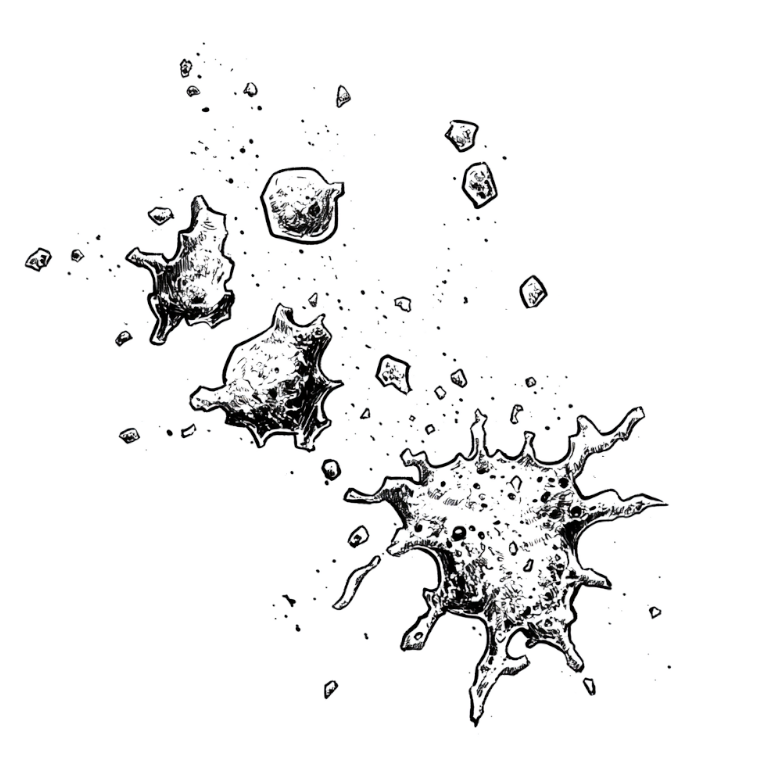
Particulate matter between 2.5 and 0.1 microns can deeply infiltrate the lungs, carrying toxins and bypassing most filters. These Penetrating Particles, generated by things like indoor activities or fragments of mold spores, float in the air for longer periods of time. If they reach our lungs they can deposit toxic hitchhikers such as mycotoxins directly into our bloodstream. Unlike larger particles AND smaller particles, they’re not easily captured by standard filters including HEPA.
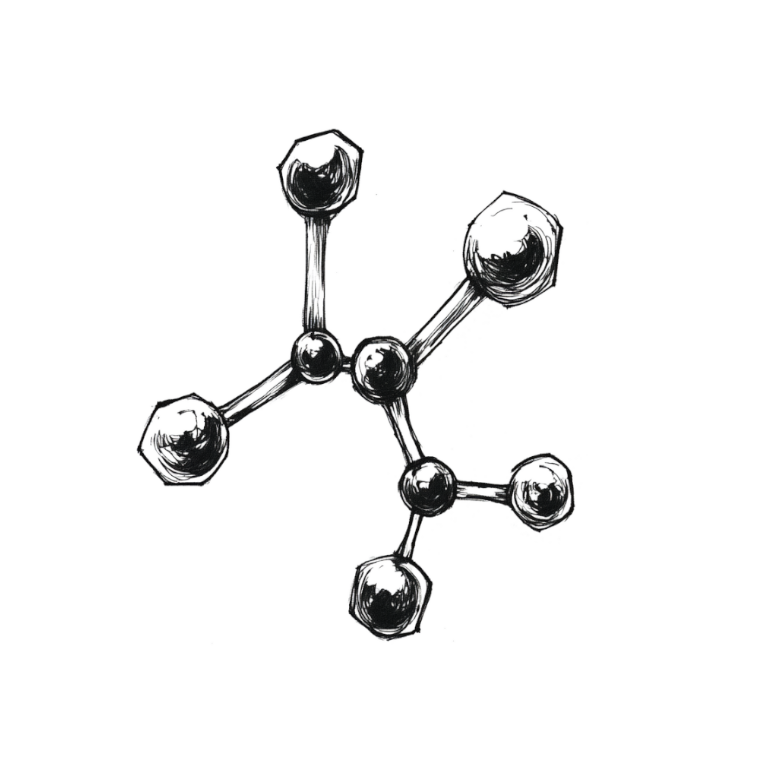
Every coating, cleaner, and cooked meal can release compounds like VOCs. These chemical glasses are often harmless in the open air but can reach potent toxicity when trapped inside our walls. Without natural mechanisms to break down, they accumulate to a level that can disrupt cellular health and trigger systemic reactions. Controlling these gas concentrations indoors through source control or purification is essential for maintaining optimal function and minimizing cumulative toxic load.
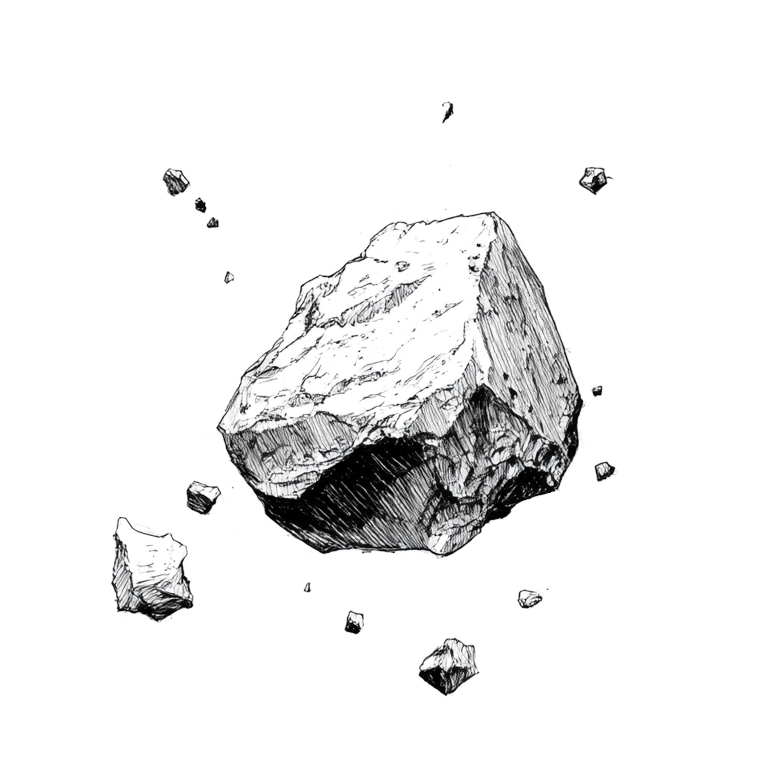
(Greater than 2.5 microns)
Although airborne particles like dust, pollen, and debris, with diameters greater than 2.5 microns, are less likely to penetrate deeply into lung tissue, they are abundant in indoor environments and can still cause respiratory irritation and exacerbate allergy symptoms. Unlike smaller particles, large particulates are generally more easily captured by standard air filtration systems but can accumulate on surfaces, creating additional reservoirs of allergens and irritants in enclosed spaces.
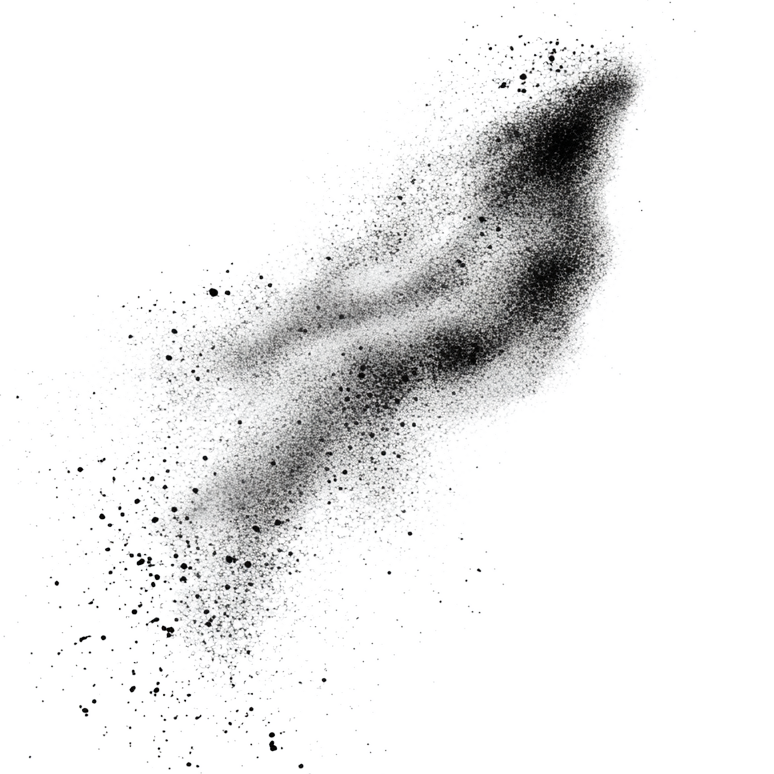
(Less than 0.1 microns)
These sub-micron particulates, smaller than 0.1 microns can remain suspended in the air for long periods of time. However, unlike Penetrating Particles (2.5-0.1 microns), these ultra-fine particles are more readily captured even by lower-efficiency filters due to Brownian motion—a phenomenon where tiny particles move erratically as they collide with air molecules, enhancing their chances of hitting and adhering to filter surfaces.

Viruses and non-water-based bacteria are airborne pathogens that can spread readily in indoor environments where natural outdoor germicidal processes are absent. While our primary focus is on water-based microbes, as they present a disproportionately greater challenge in most residential settings, these non-water-based pathogens are still significant—particularly in shared living spaces. Unlike water-based microbes, these organisms do not depend on moisture for survival and can persist for extended periods on surfaces and in the air within enclosed environments.
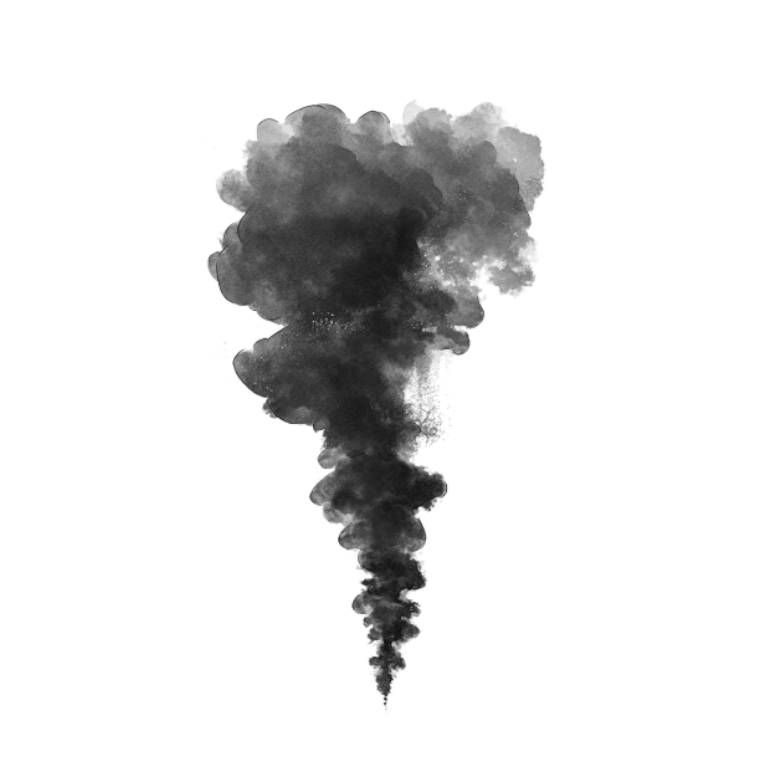
Odors encompass a wide range, but we distinguish generally harmless odors from those that might indicate potential issues, such as musty smells associated with mold or the presence of harmful gases. Unwanted but benign odors can originate from natural sources, like cooking, pets, or body odors, while synthetic fragrances—such as scented cleaning products—are classified within the harmful gas category. Since individual sensitivity to odors varies and our nose often goes blind, relying on scent alone is typically not an accurate measure of air quality. Without proper ventilation or purification, these odors can accumulate indoors, and in some cases, may trigger reactions in individuals who are particularly sensitive.




